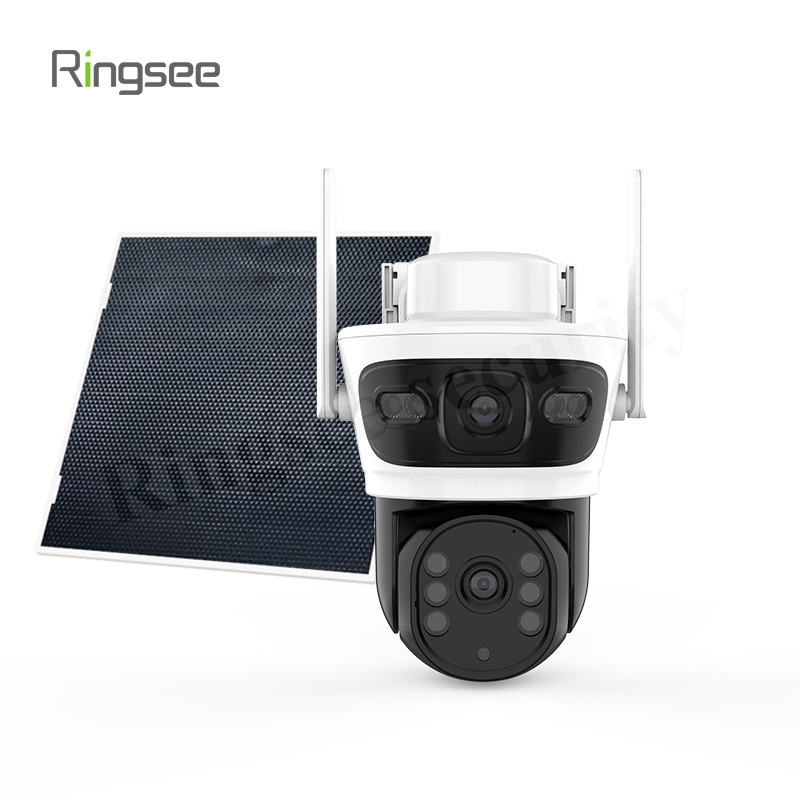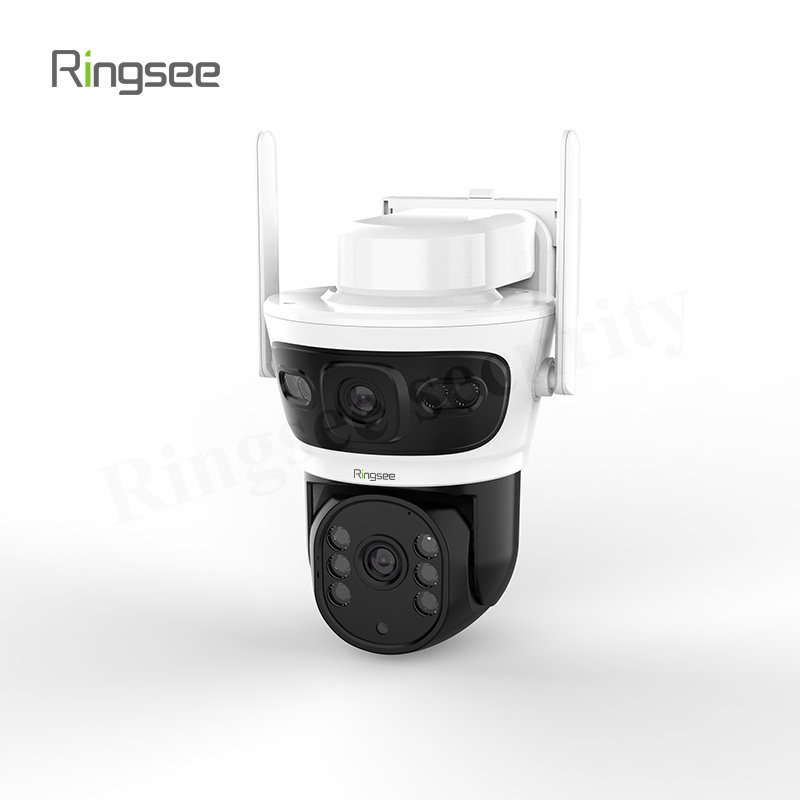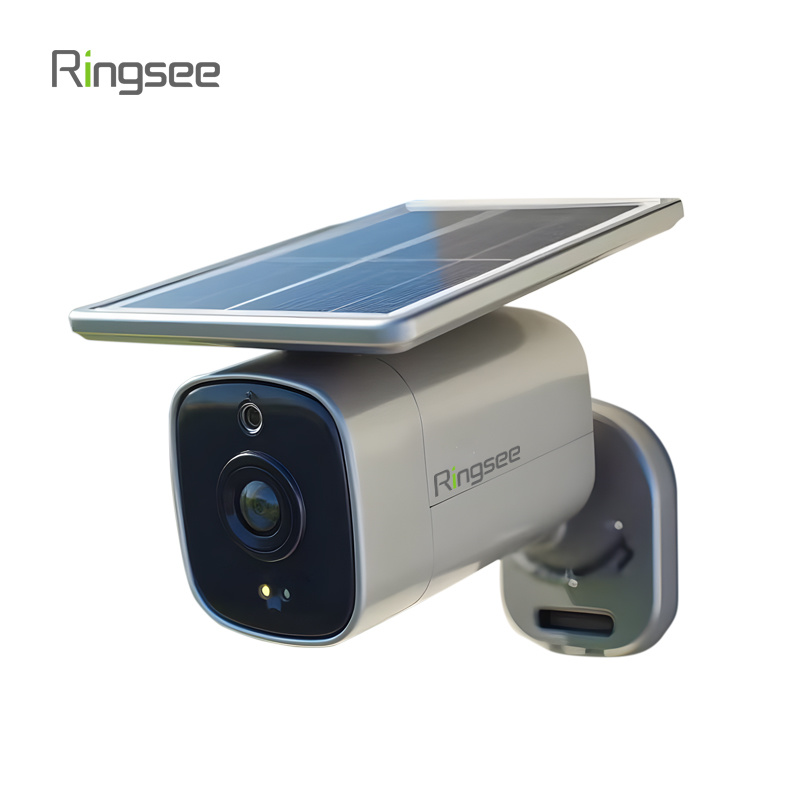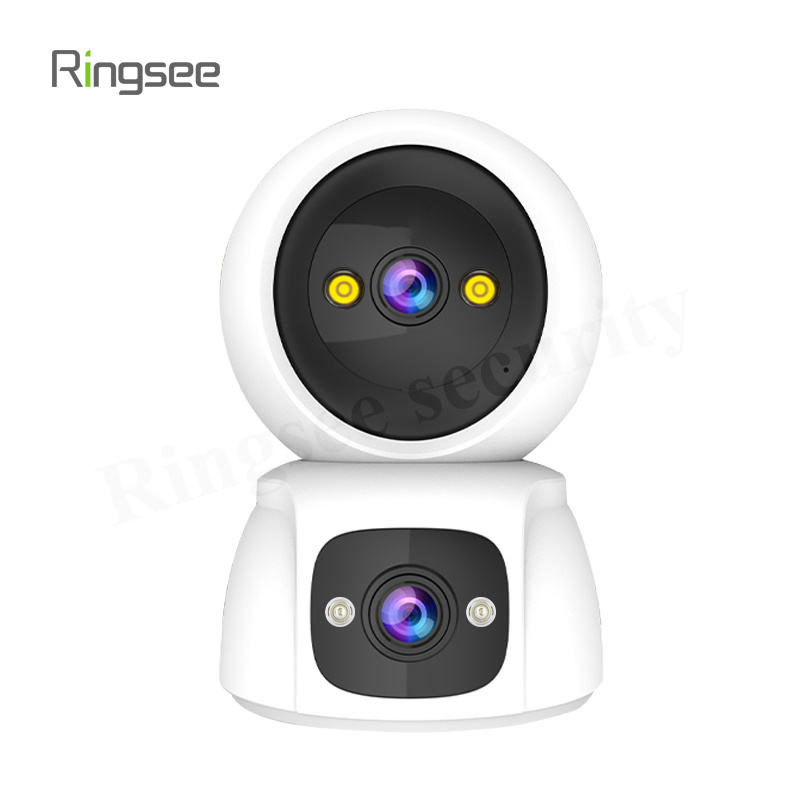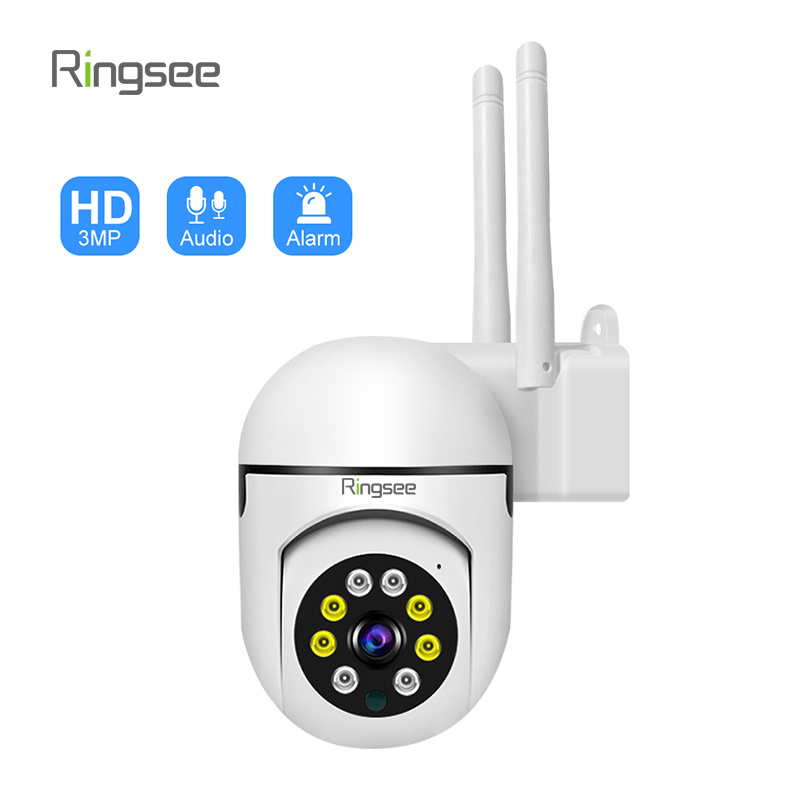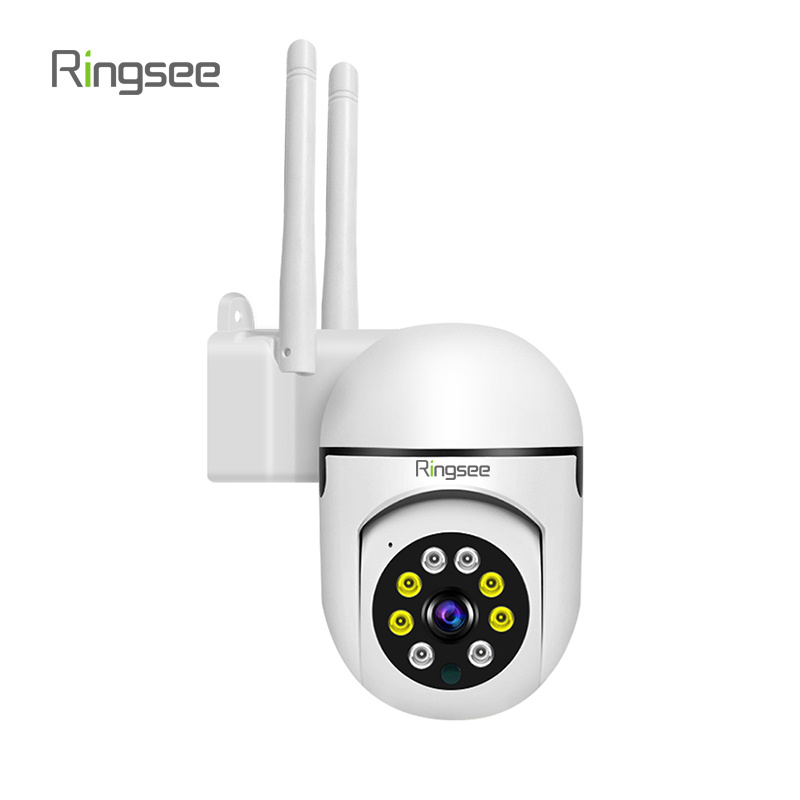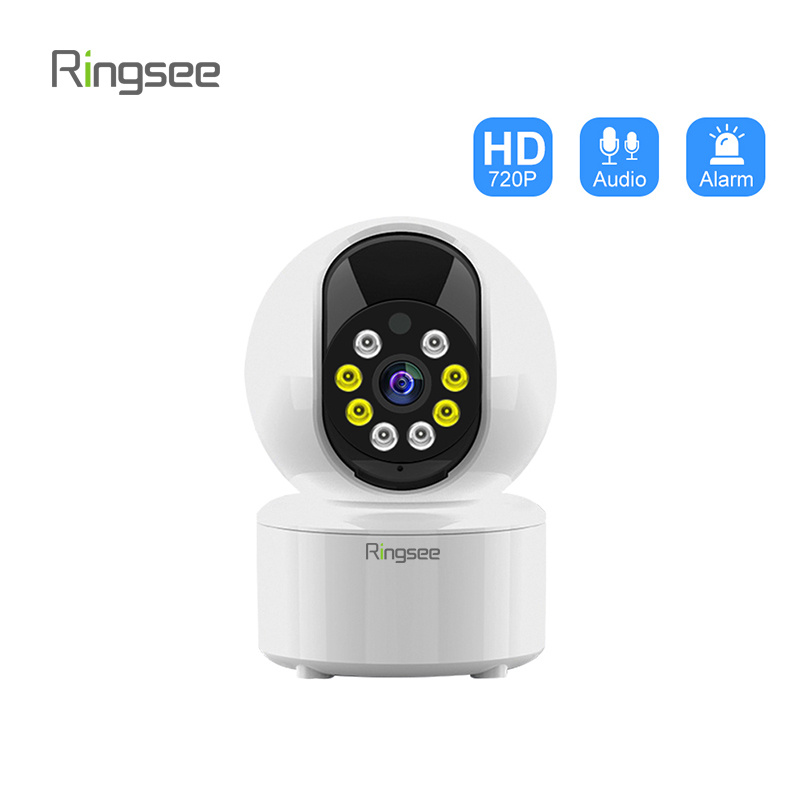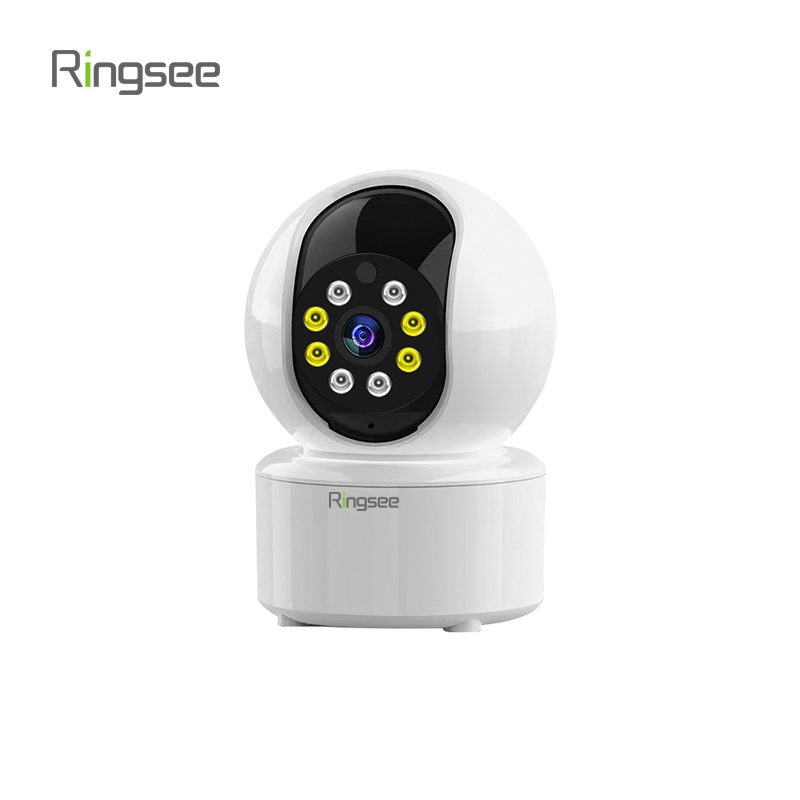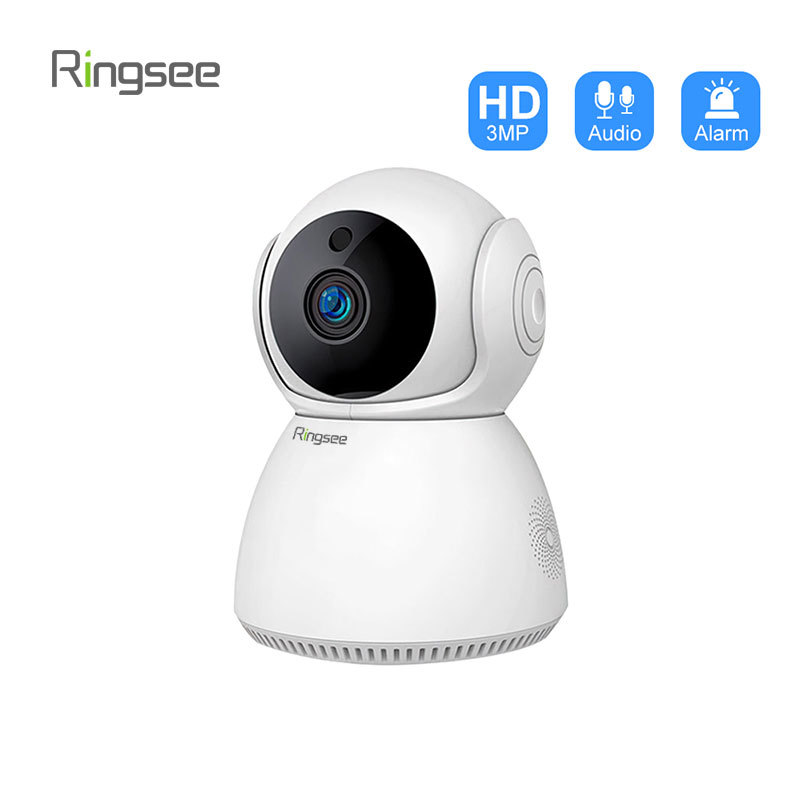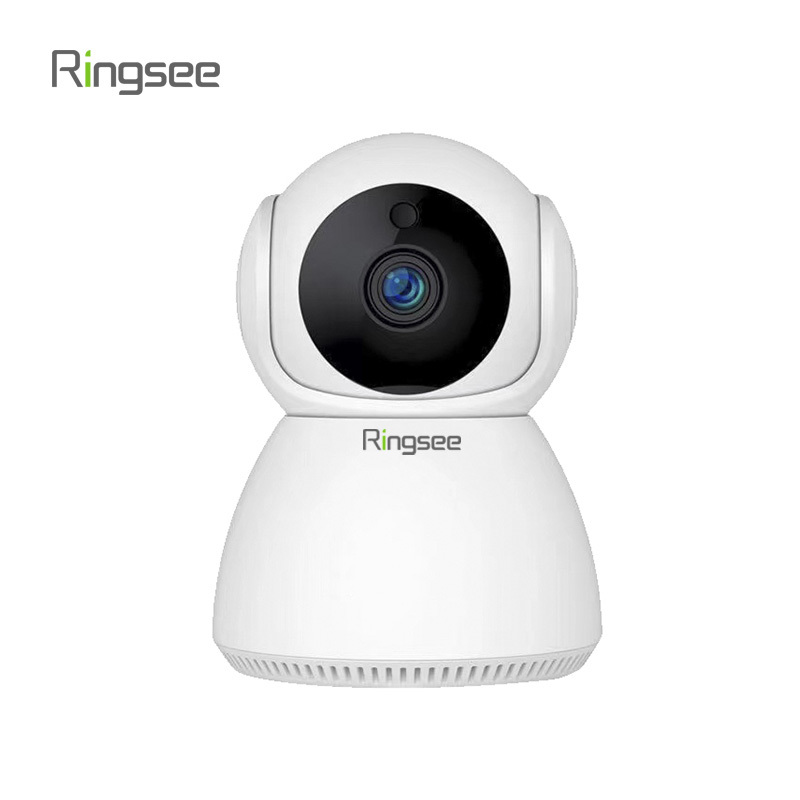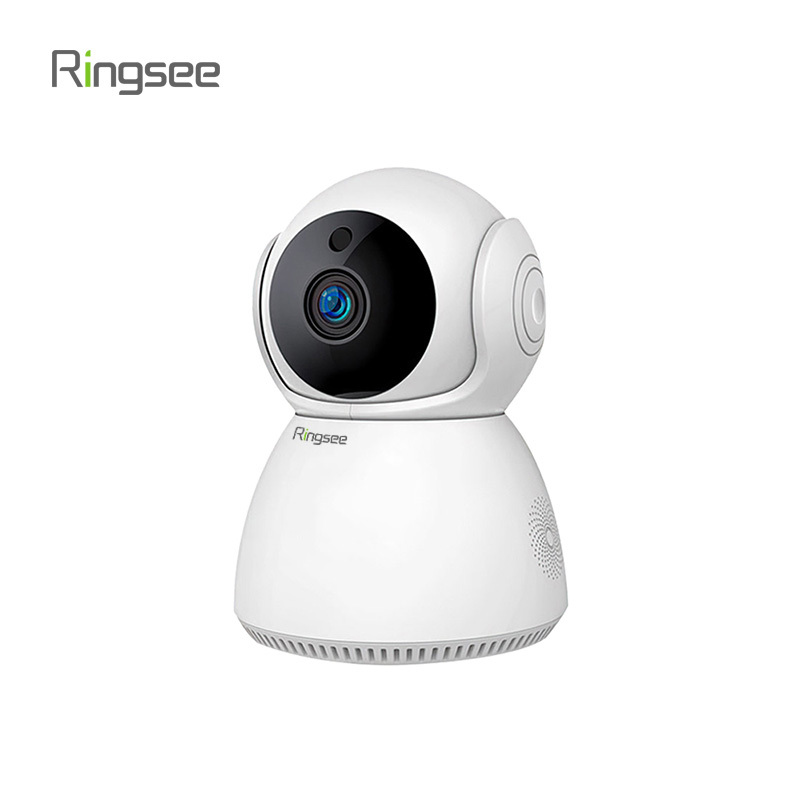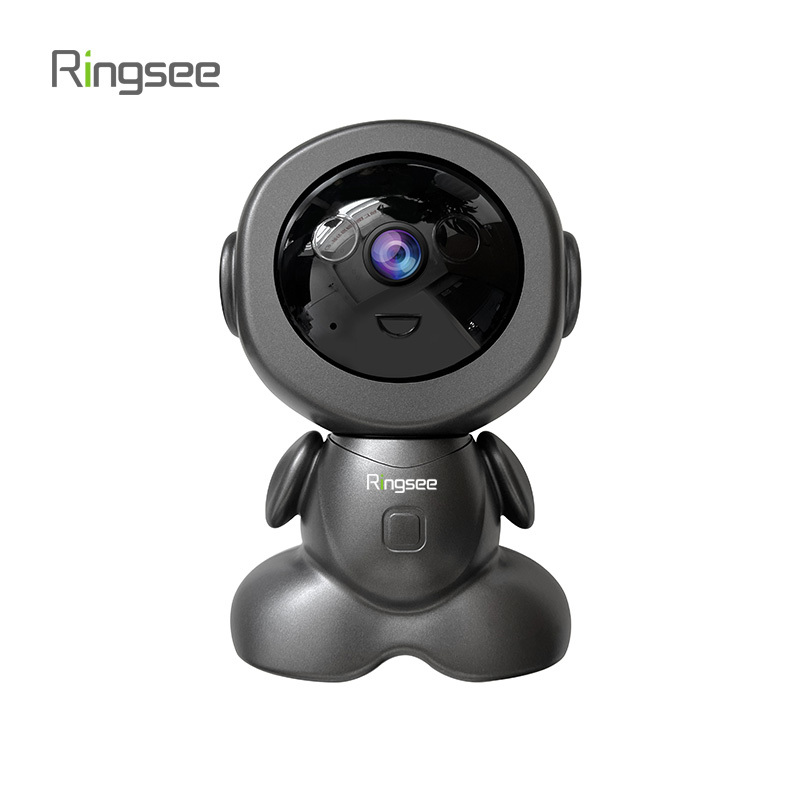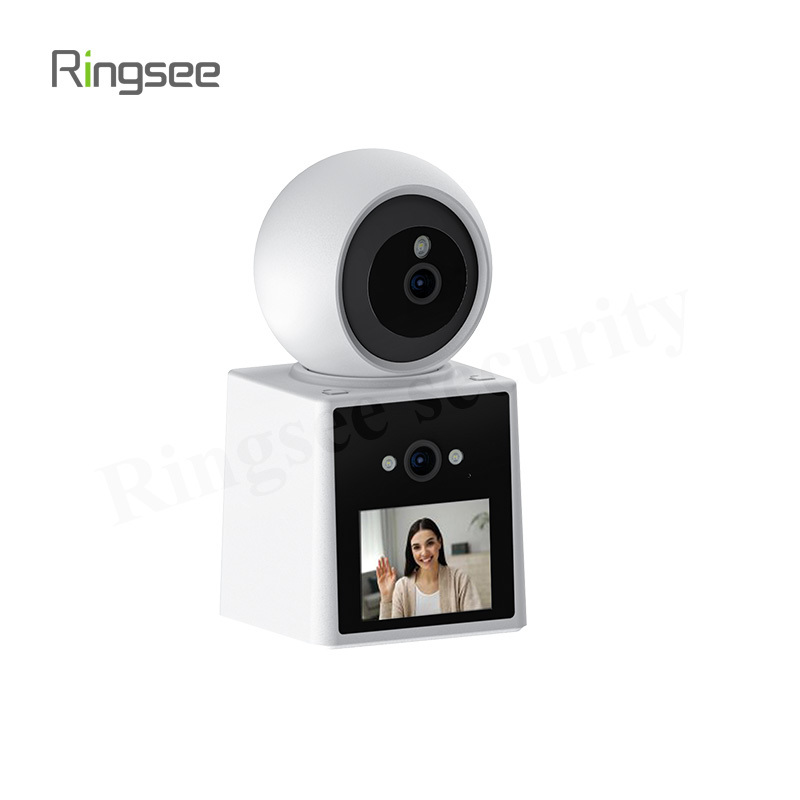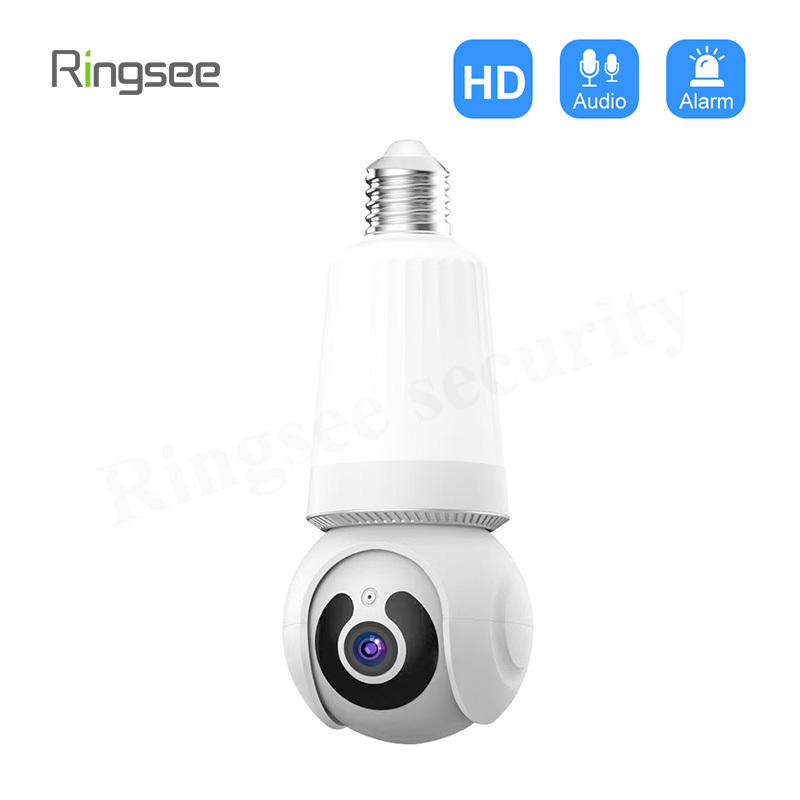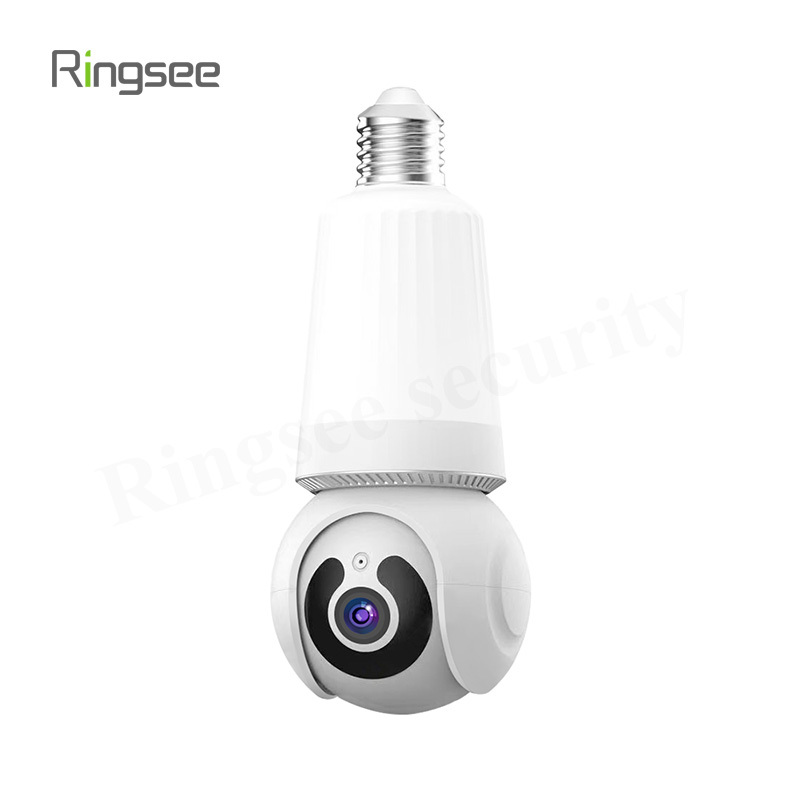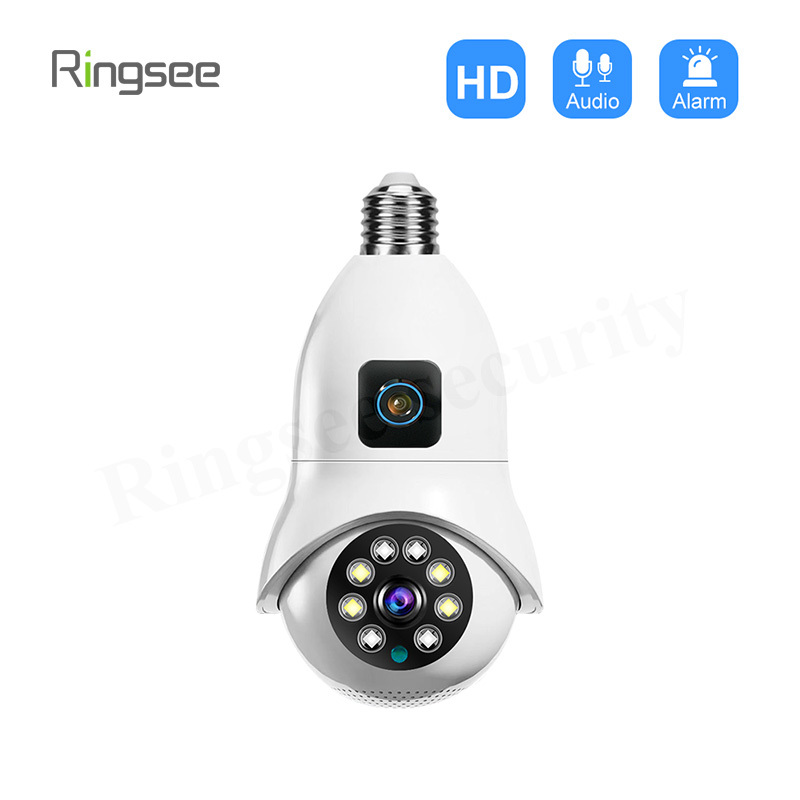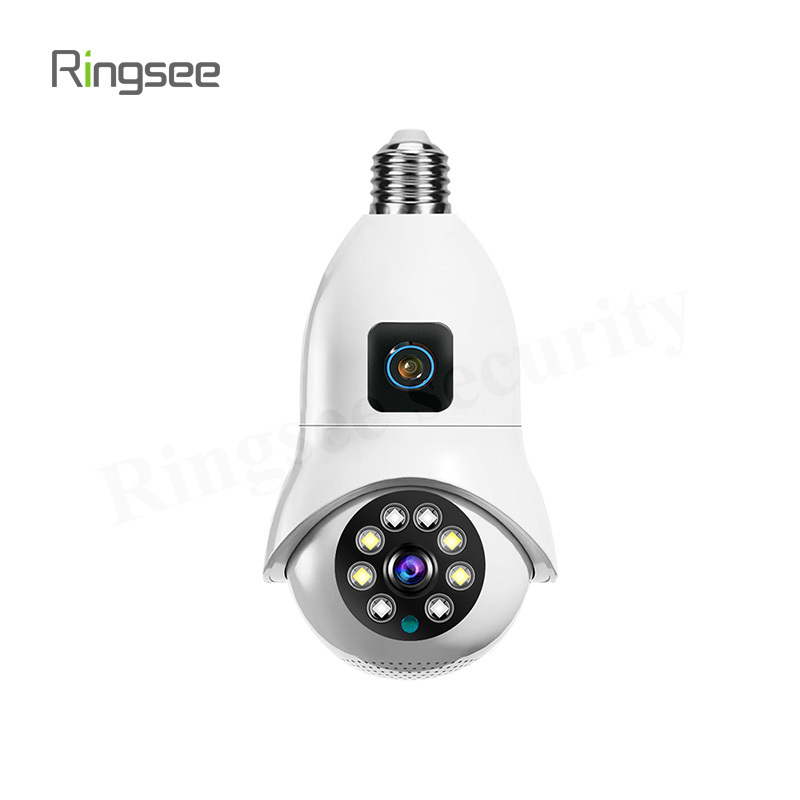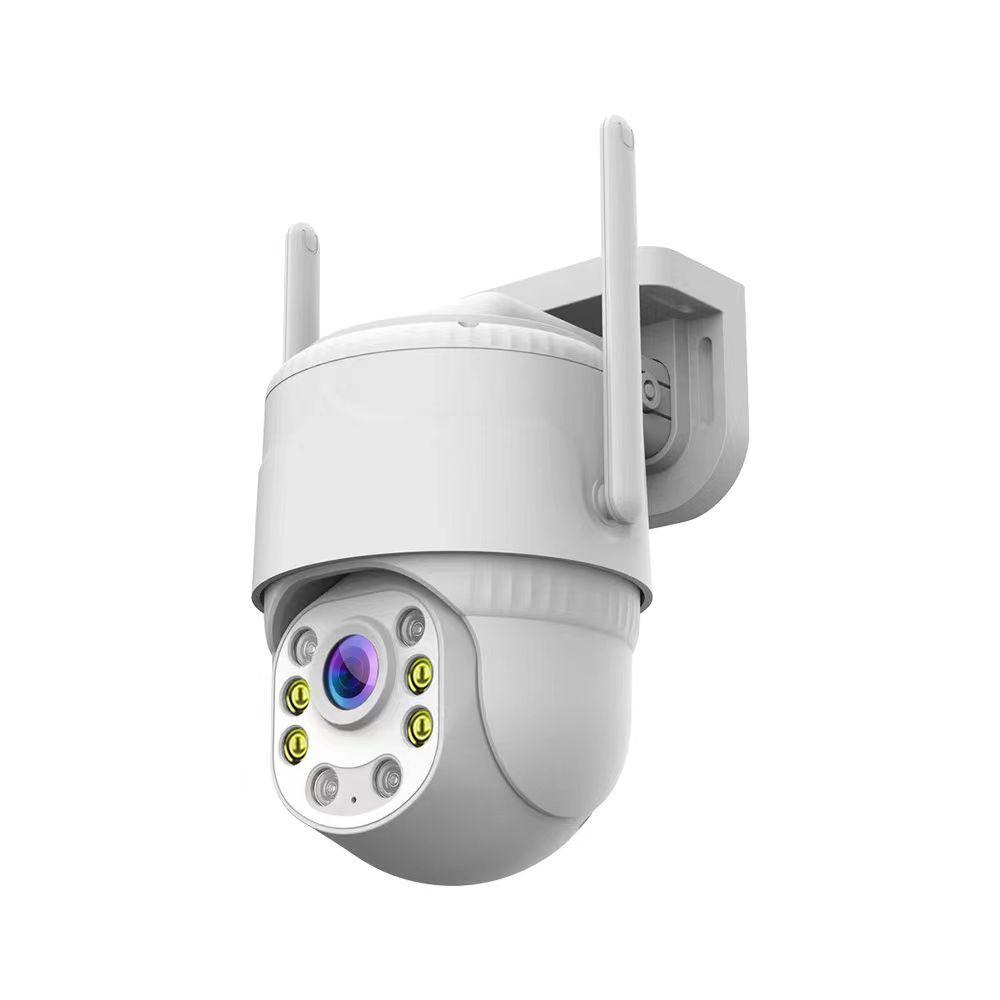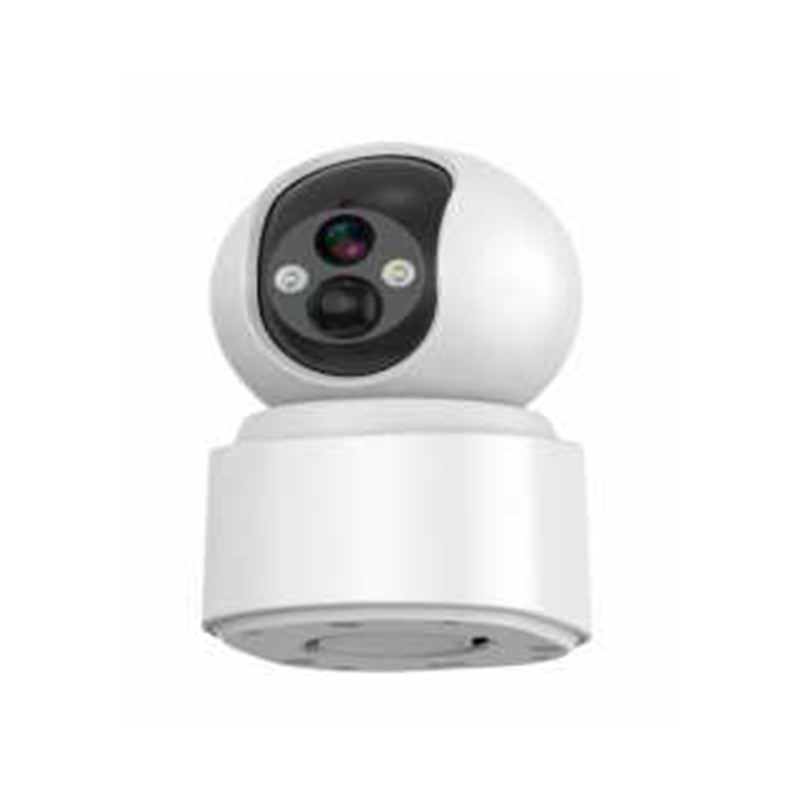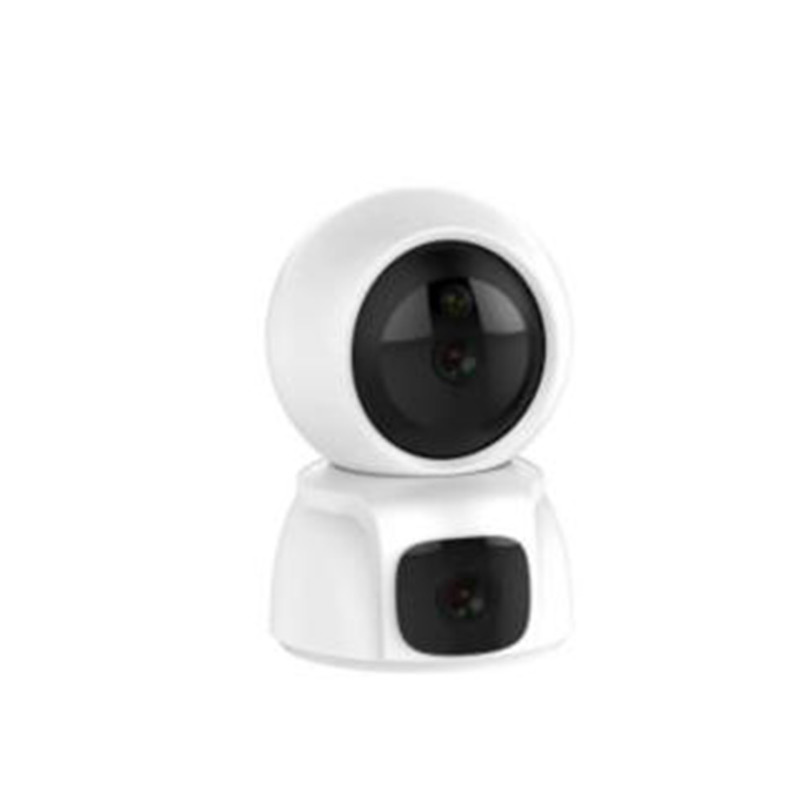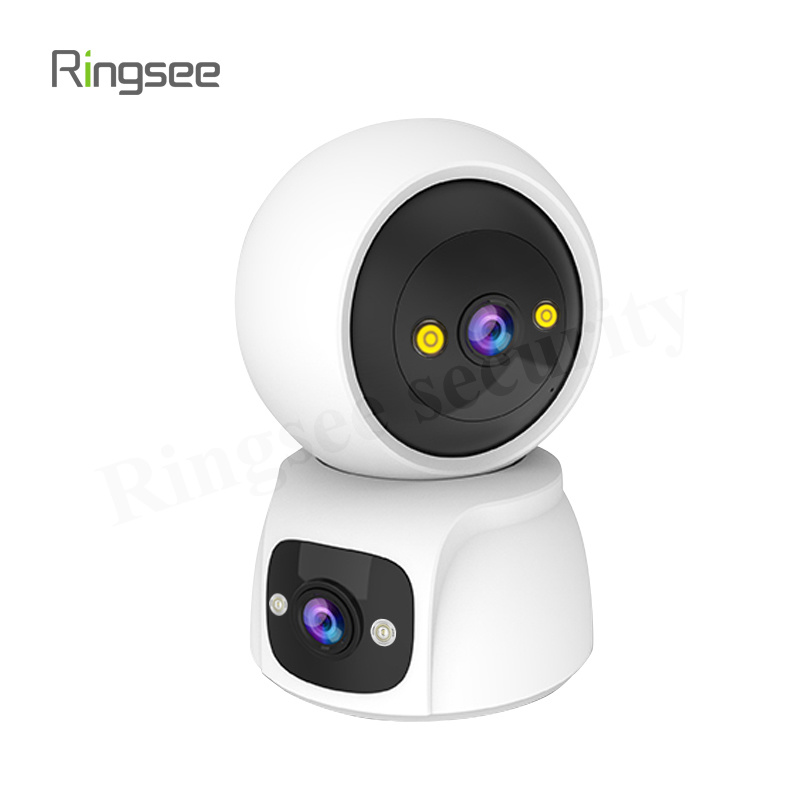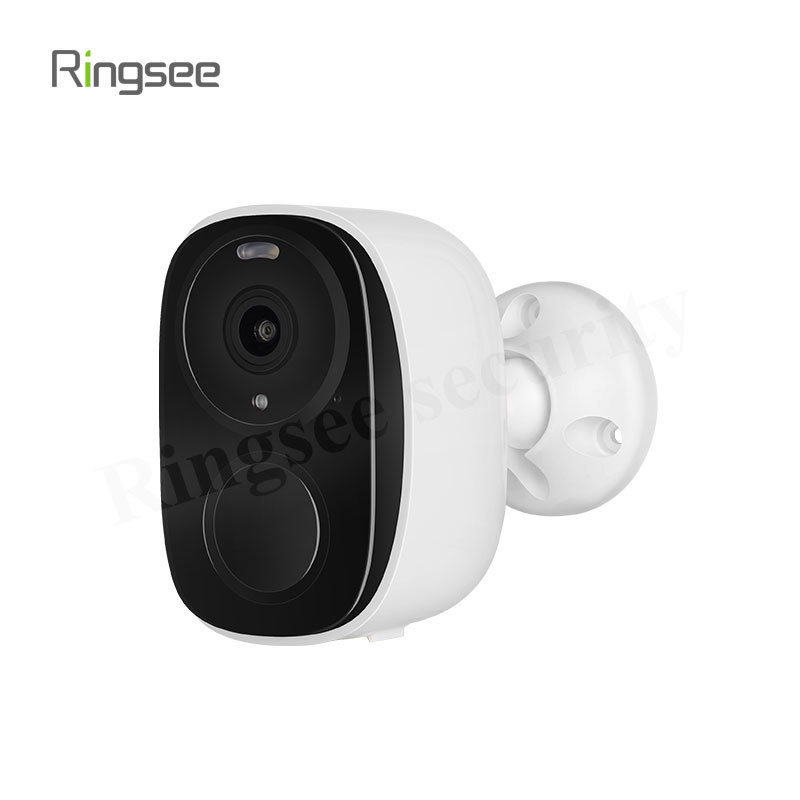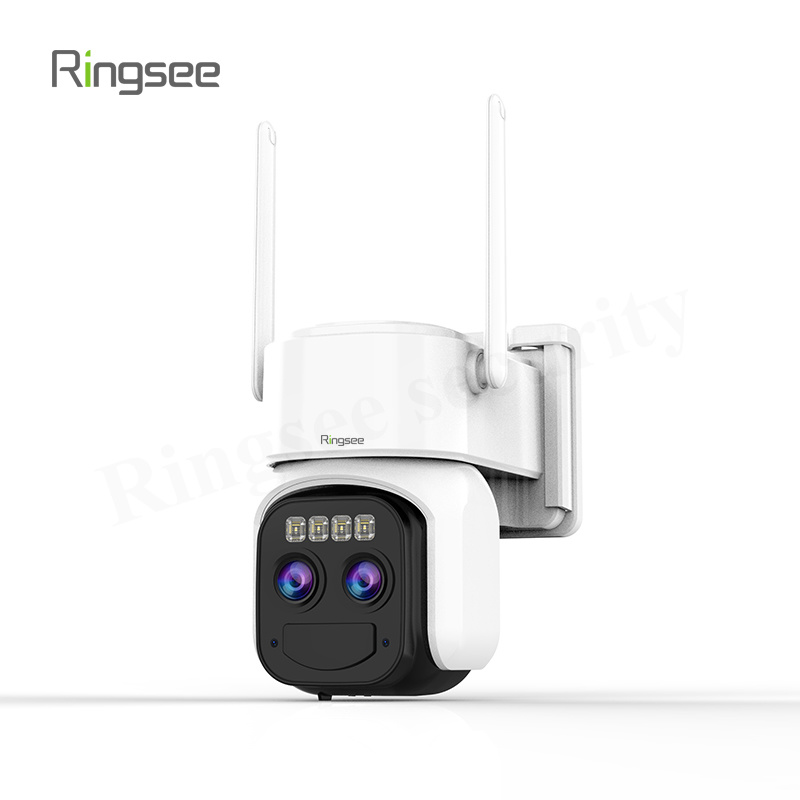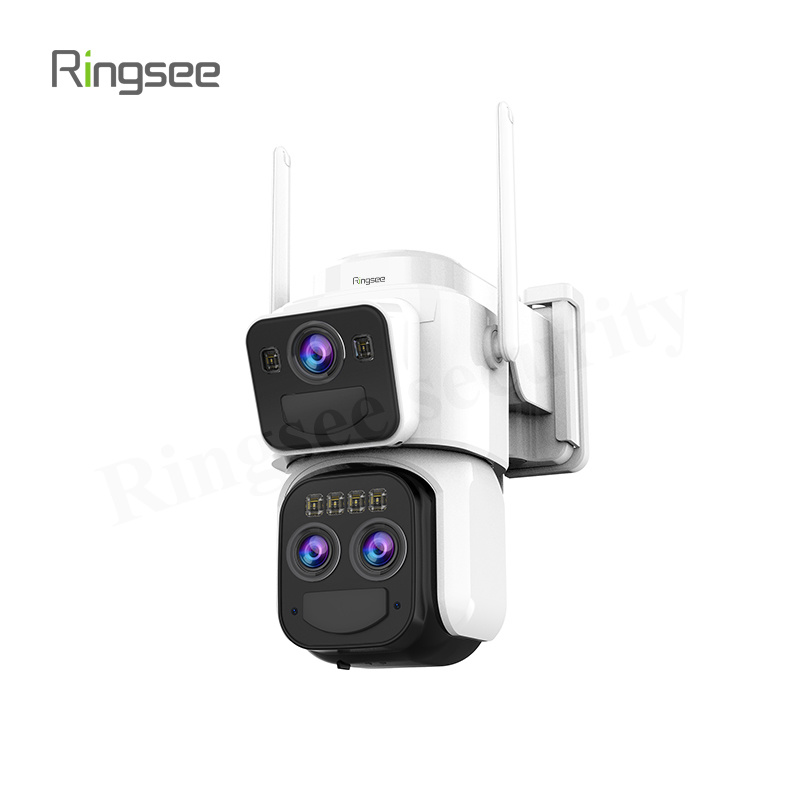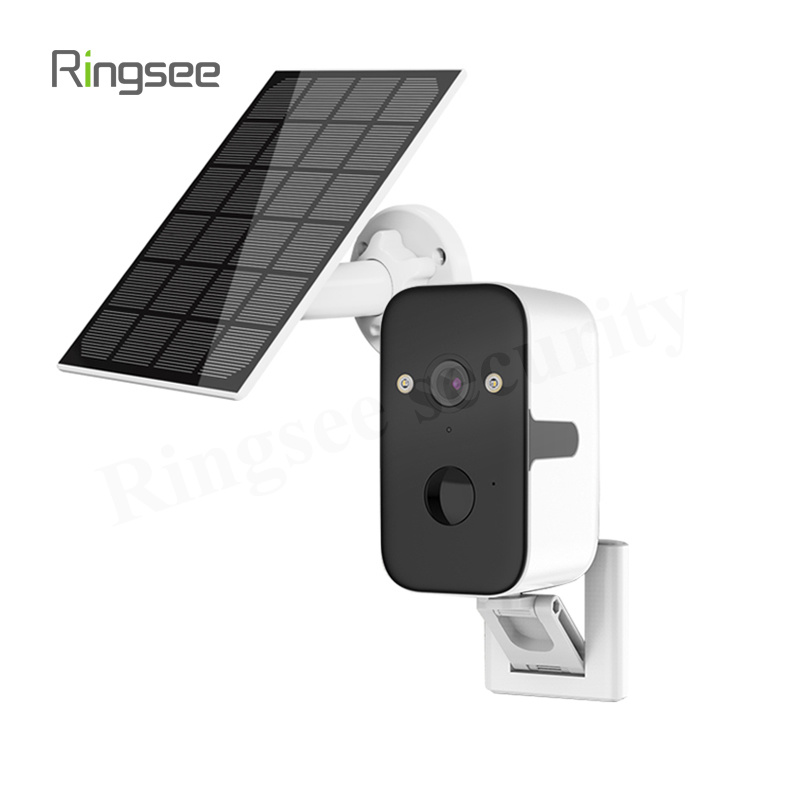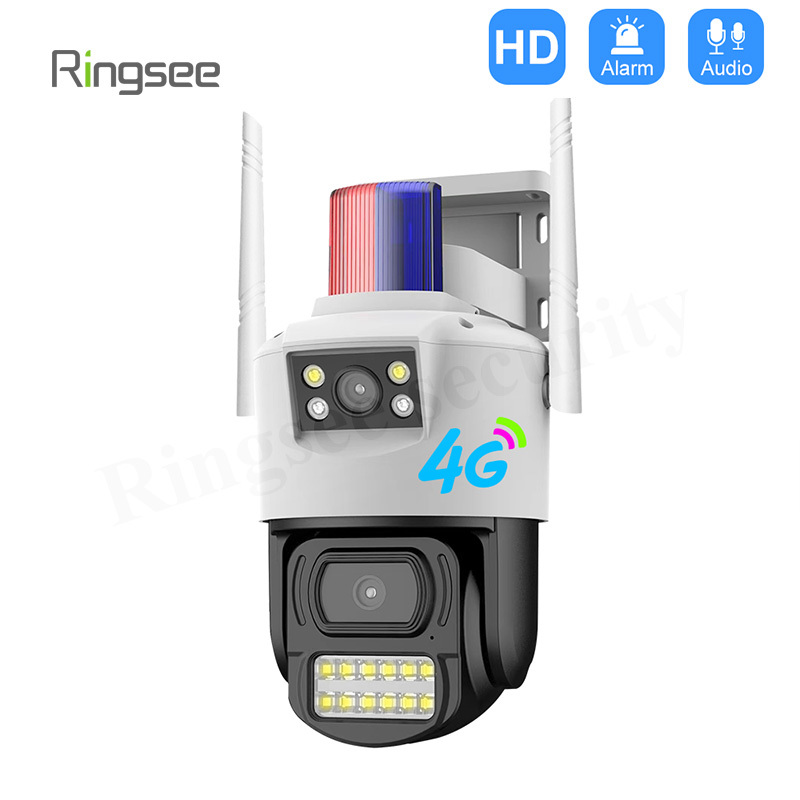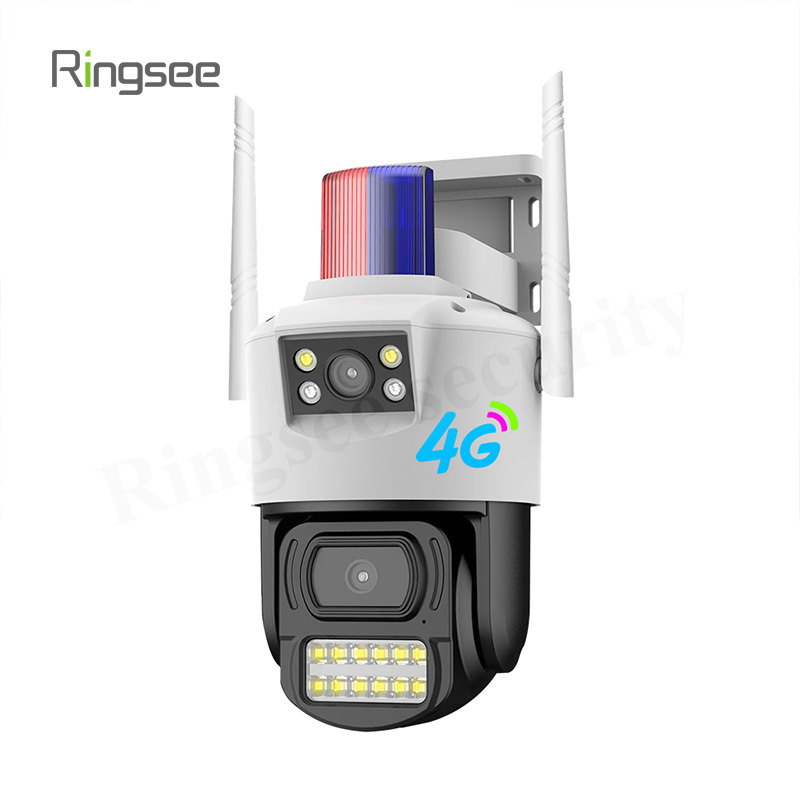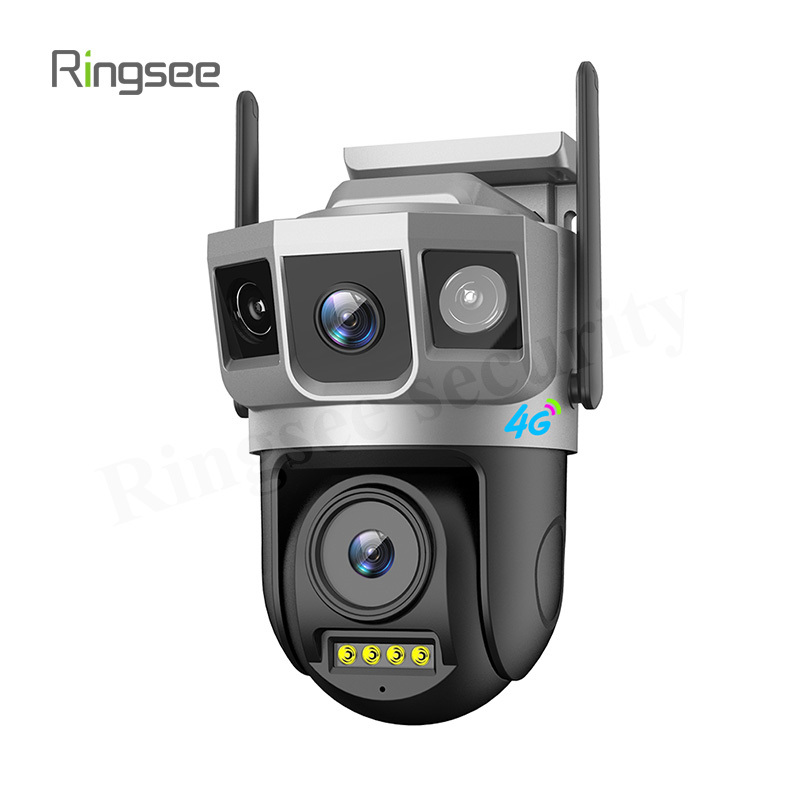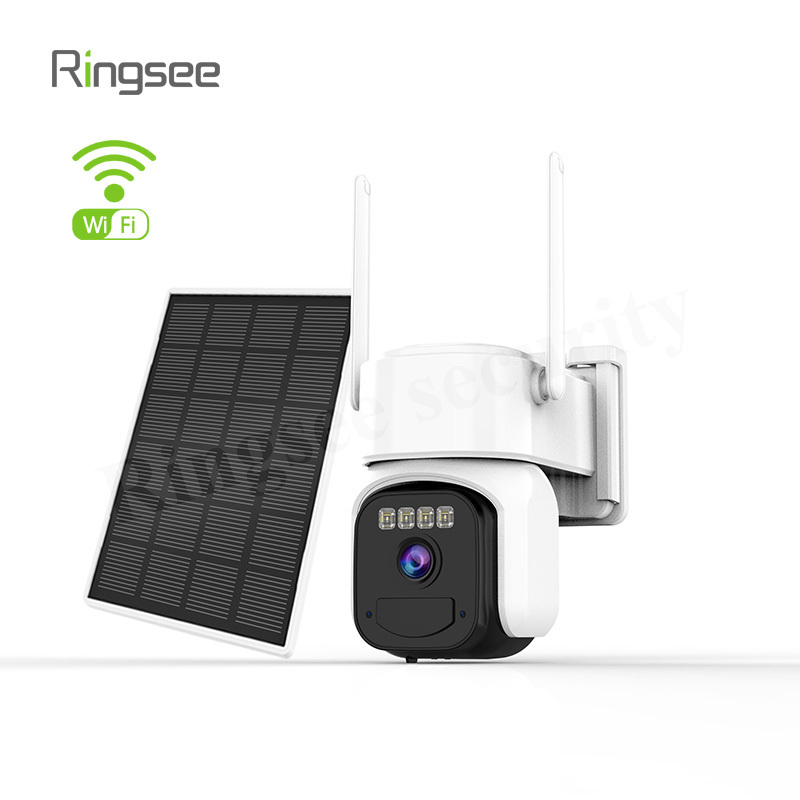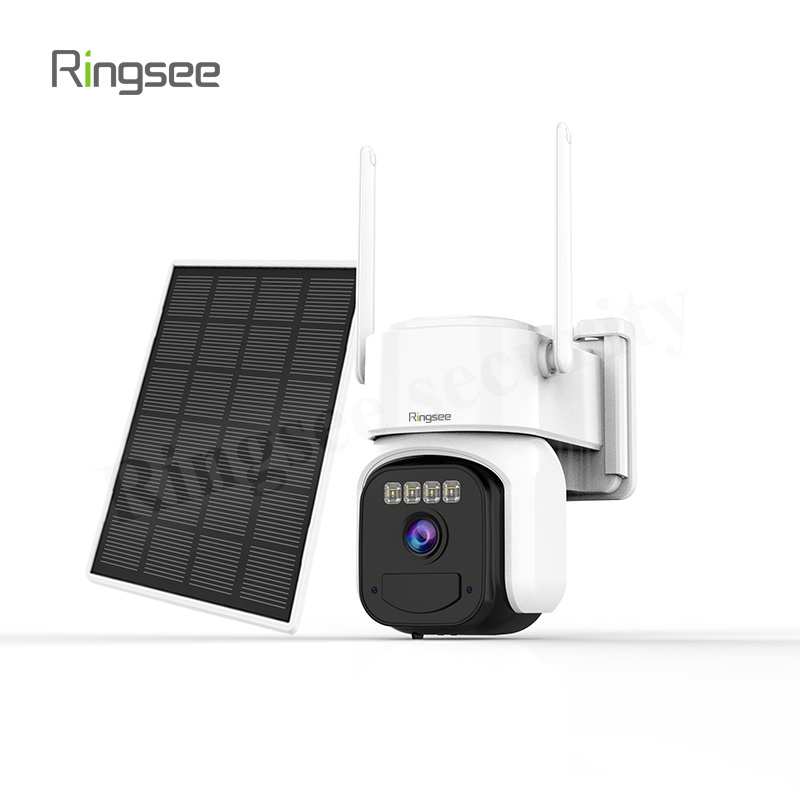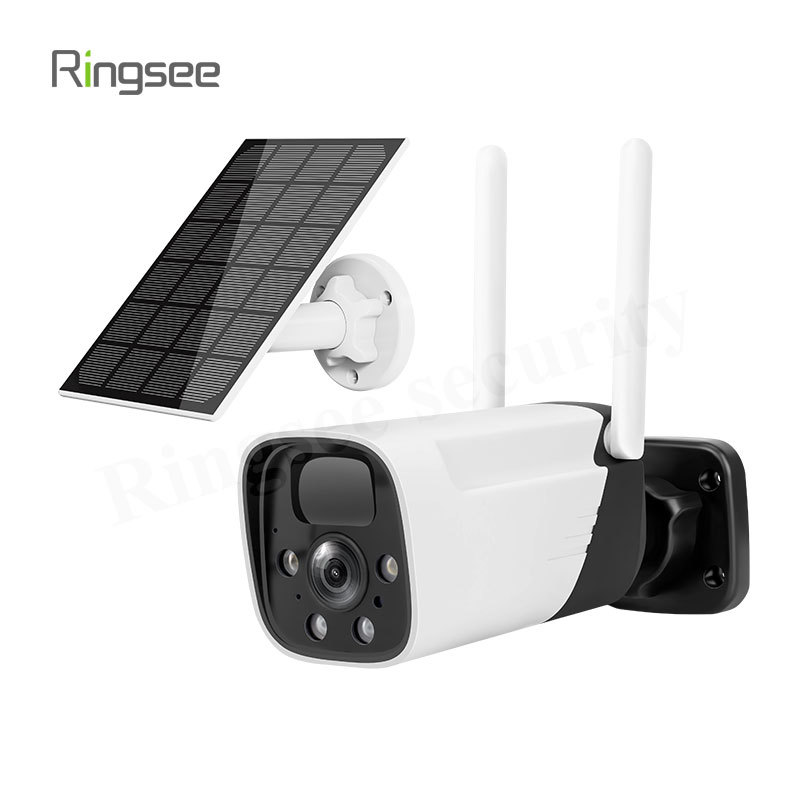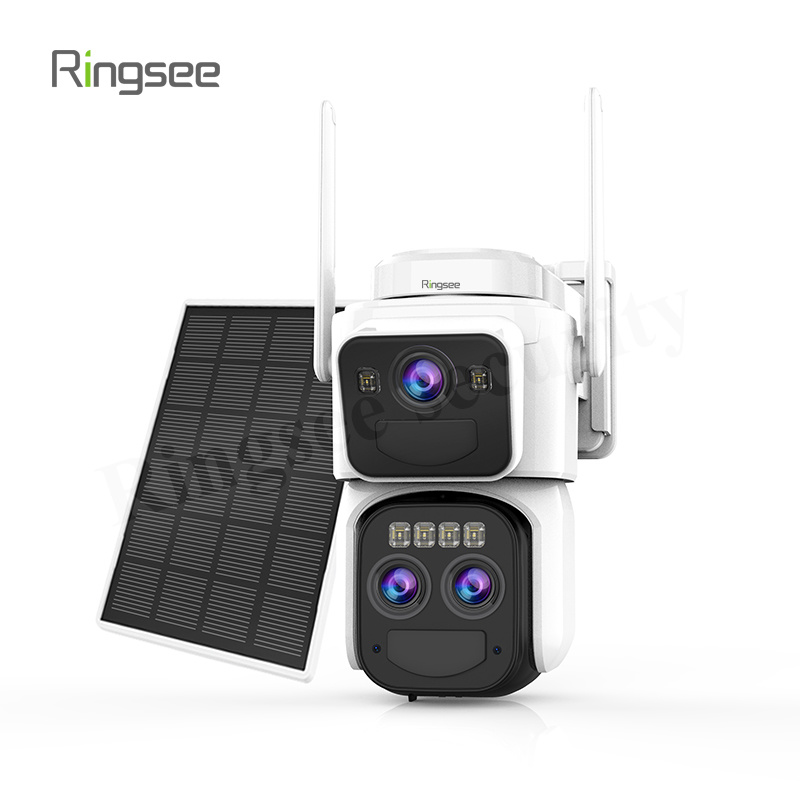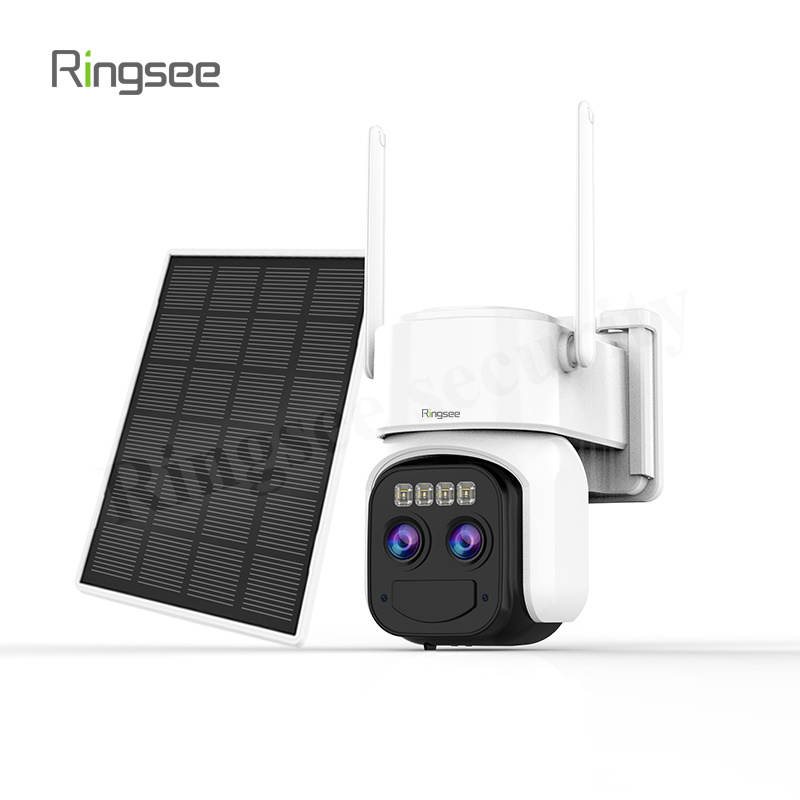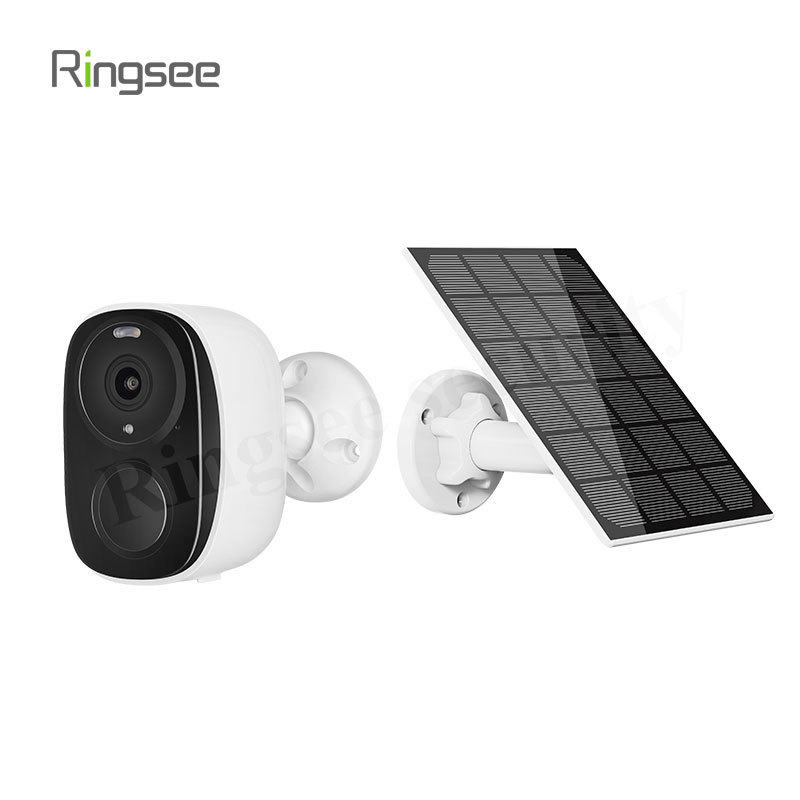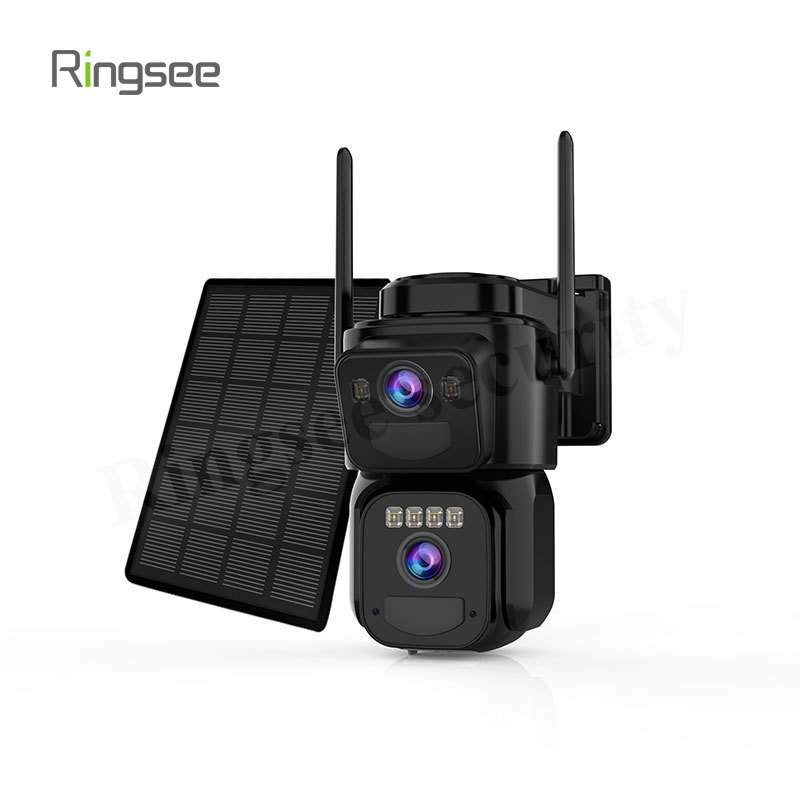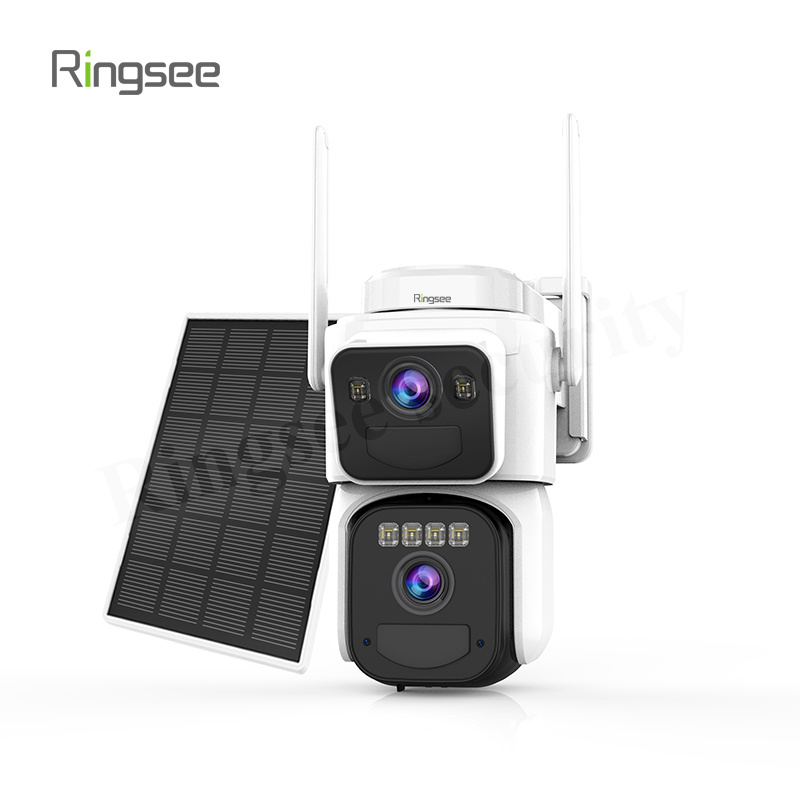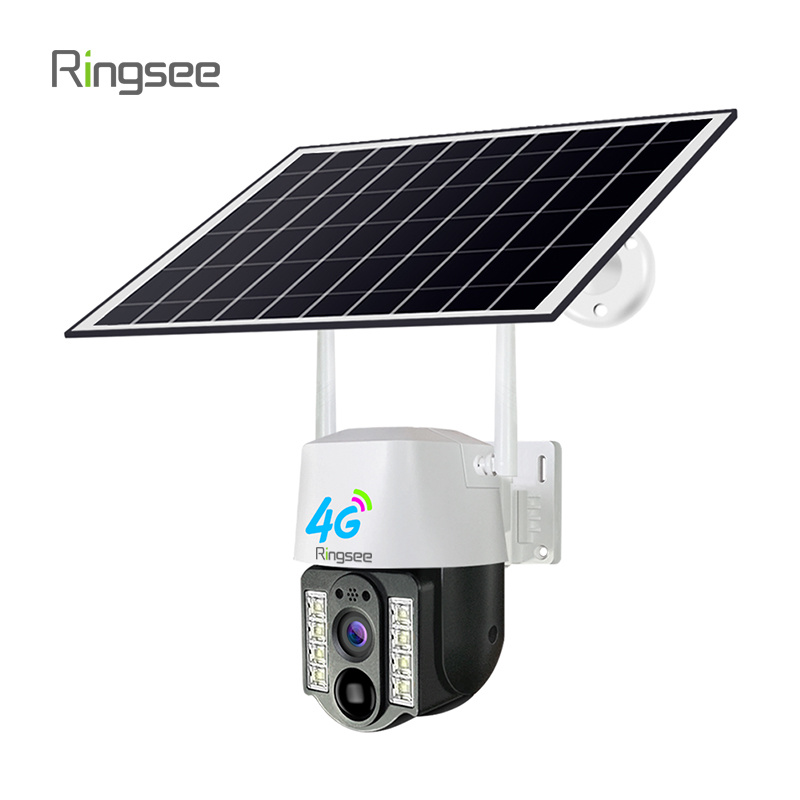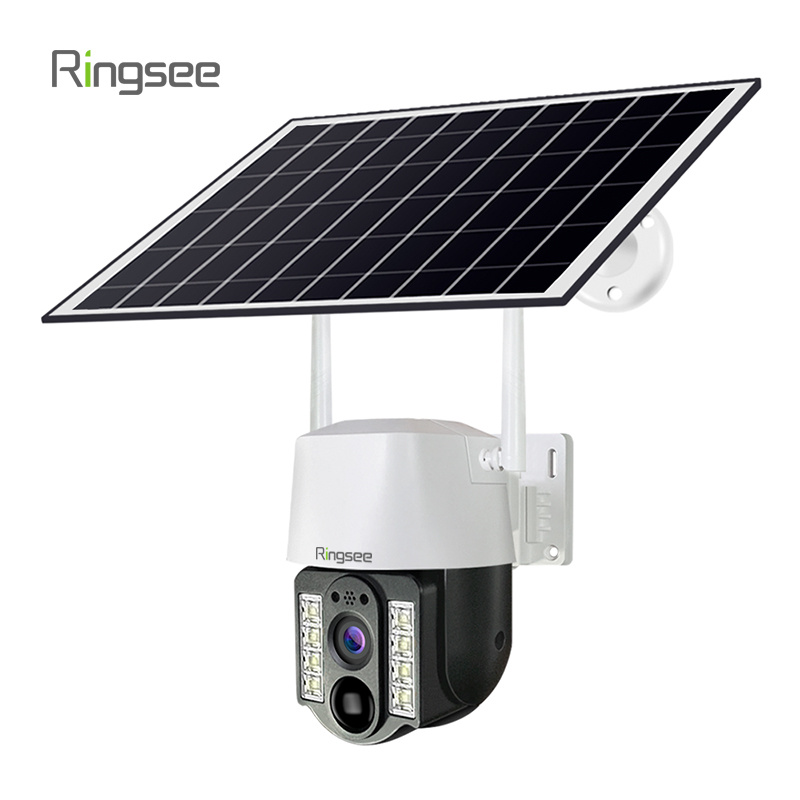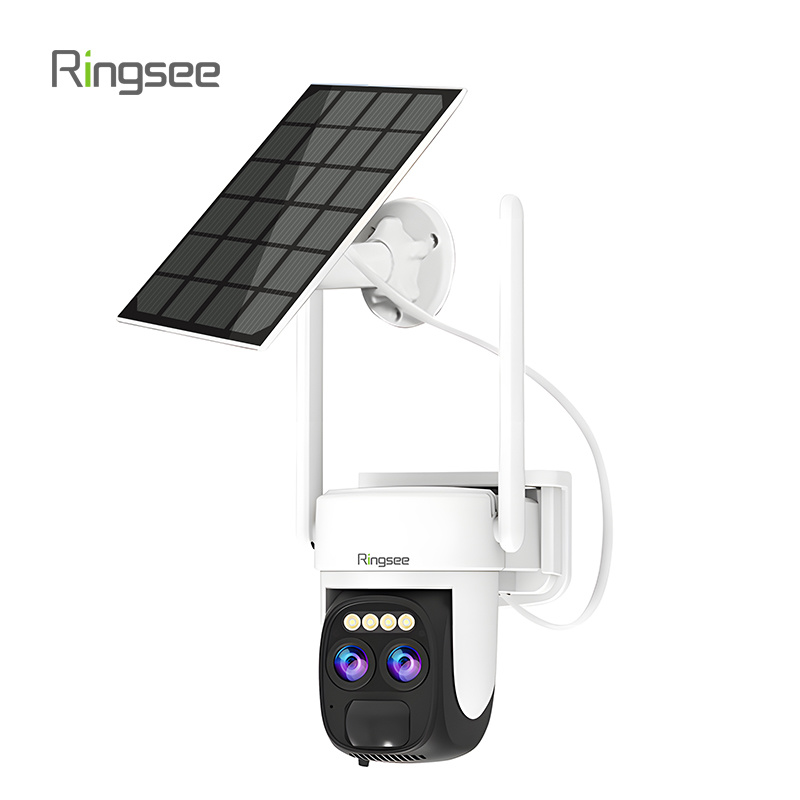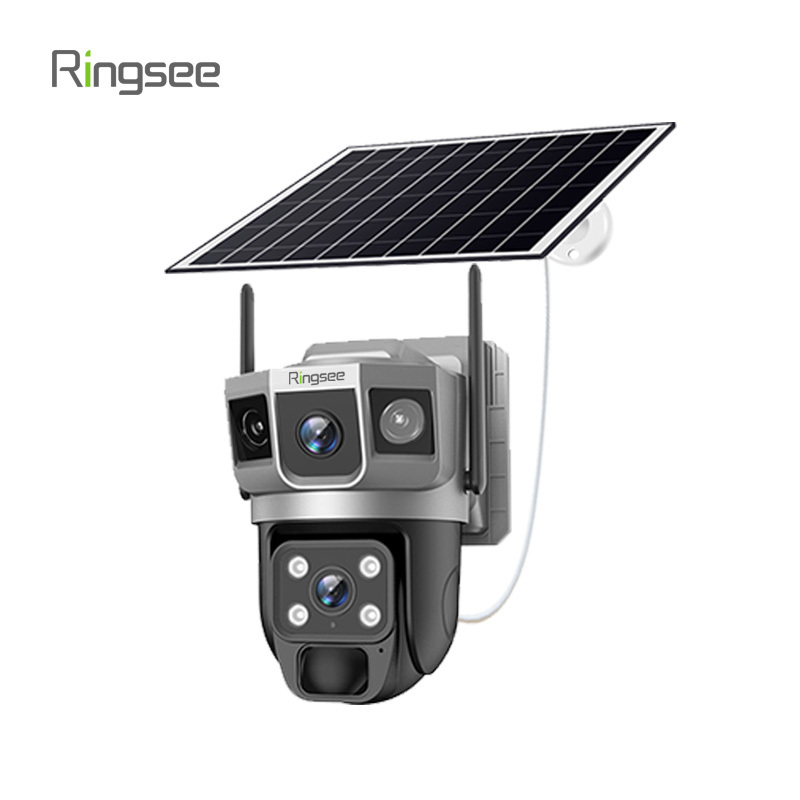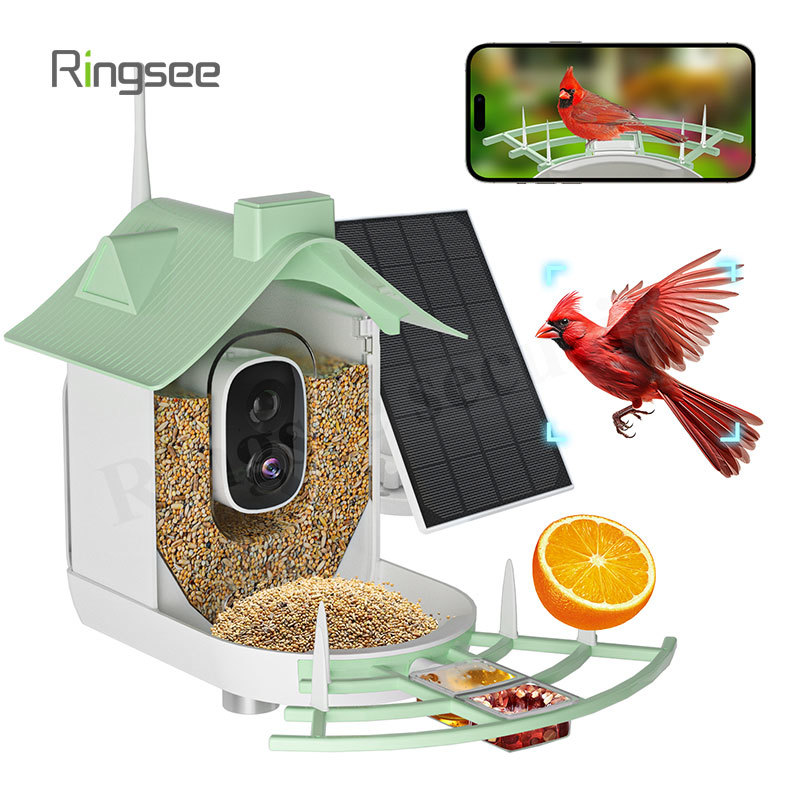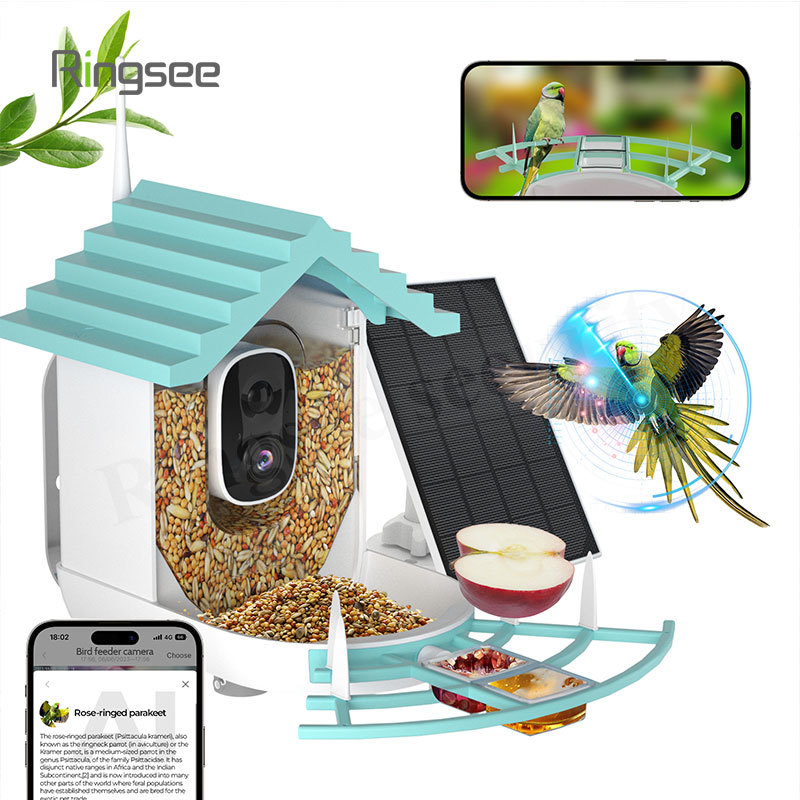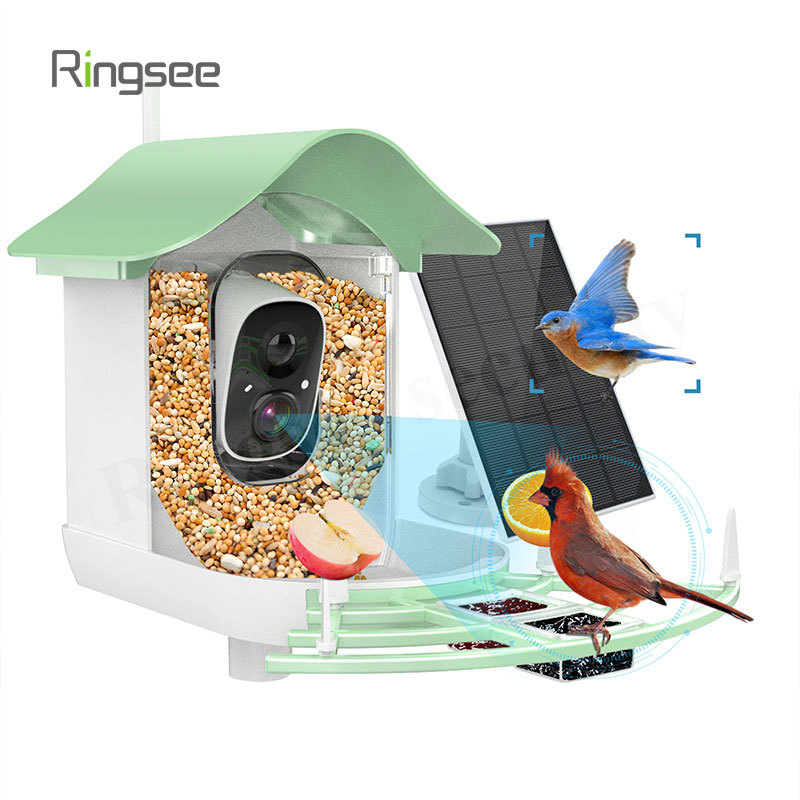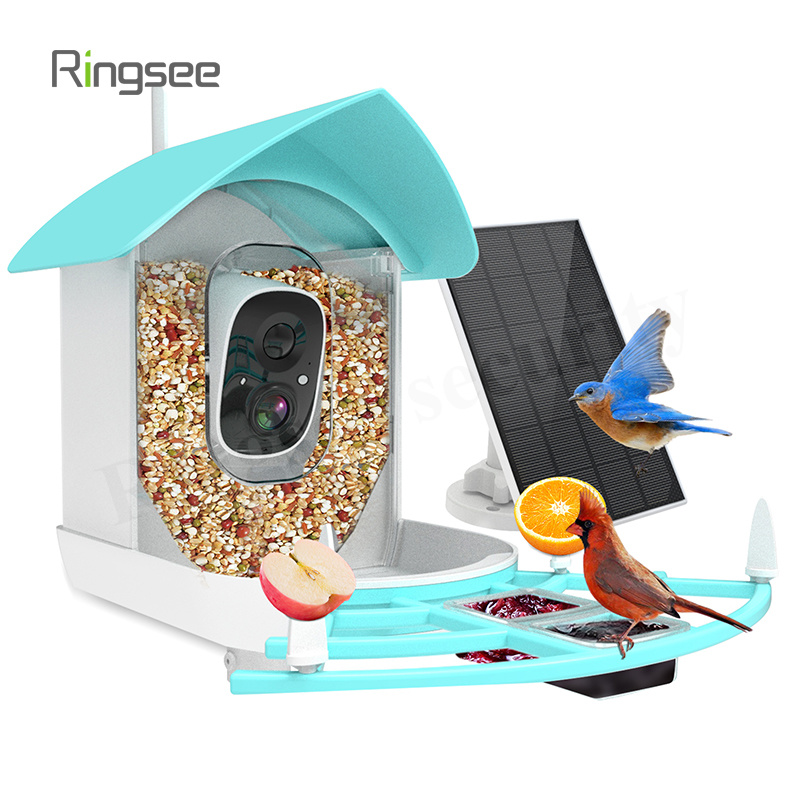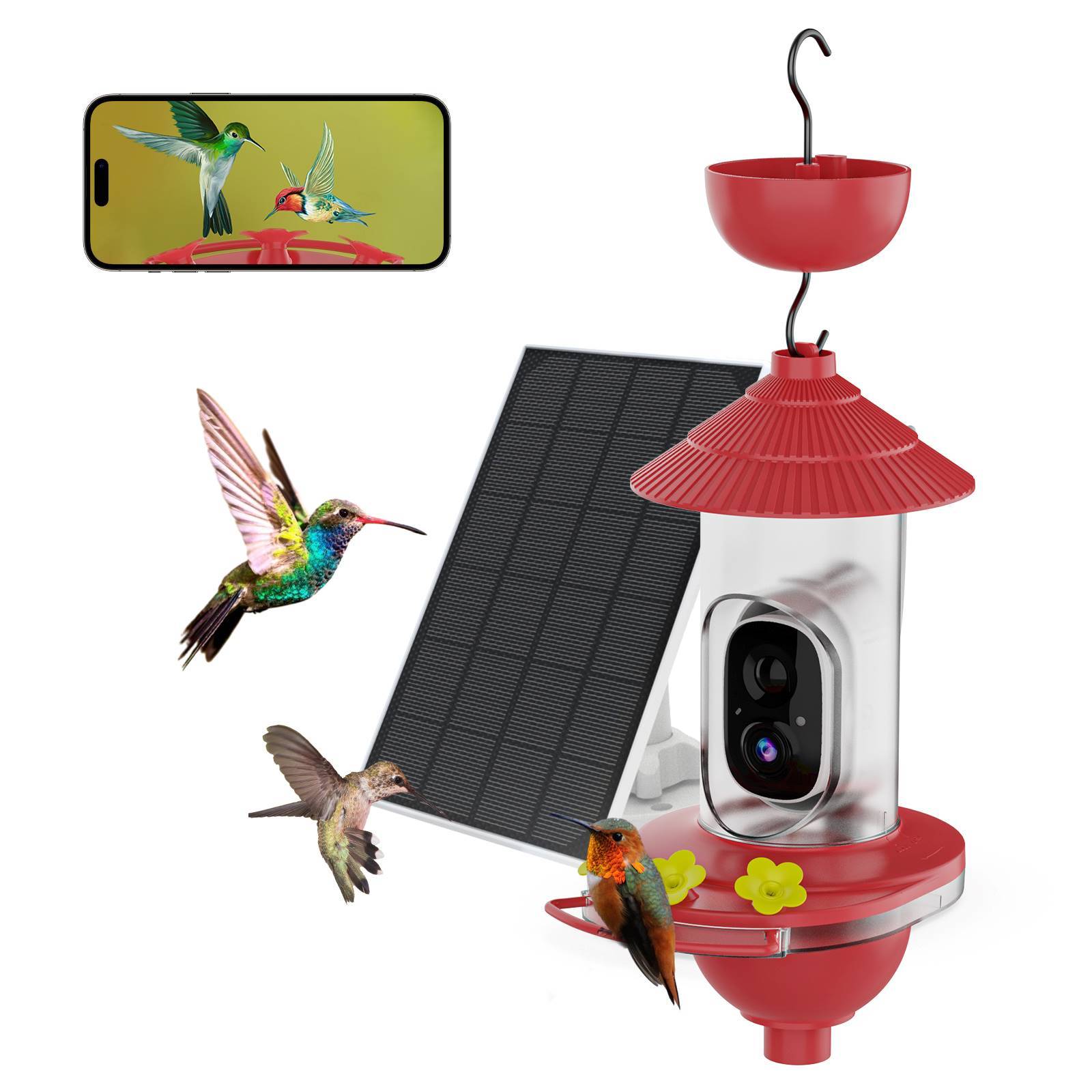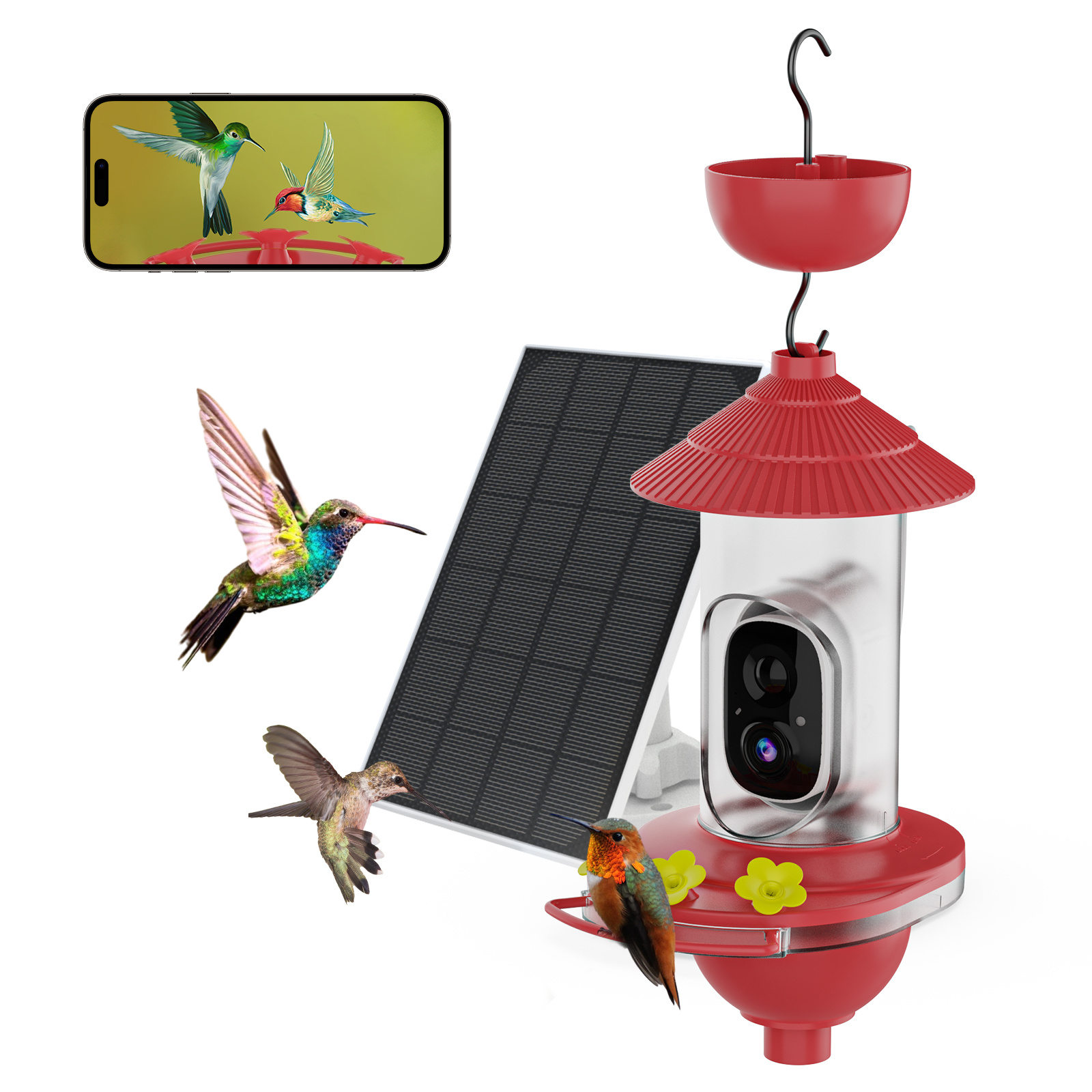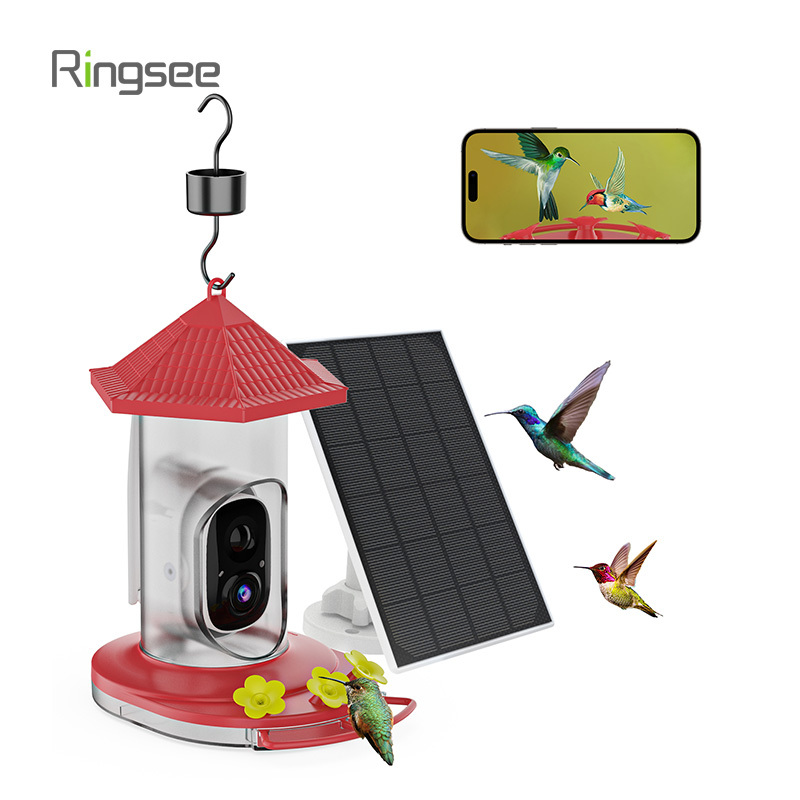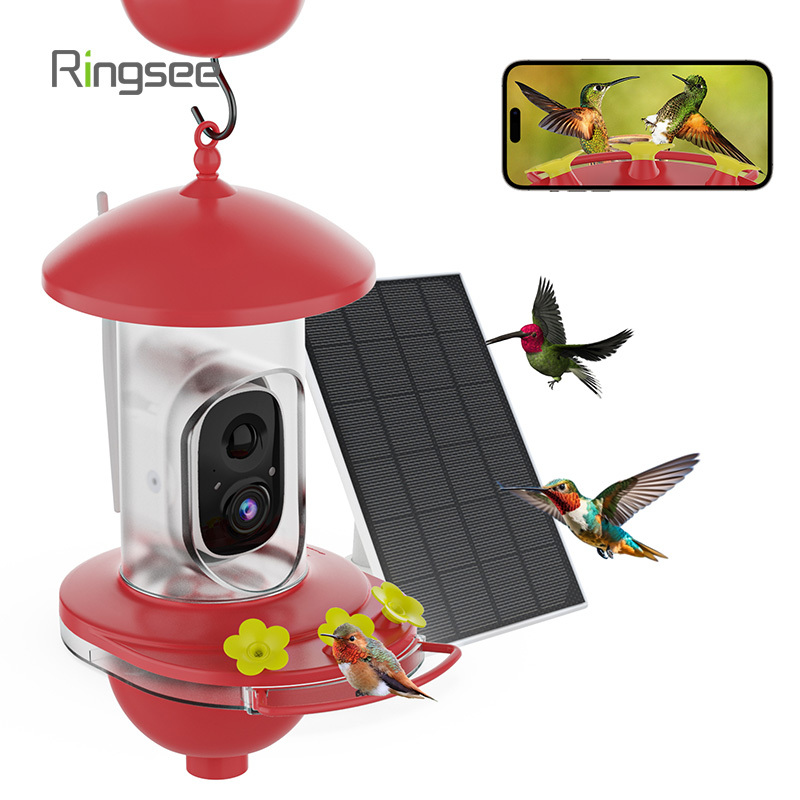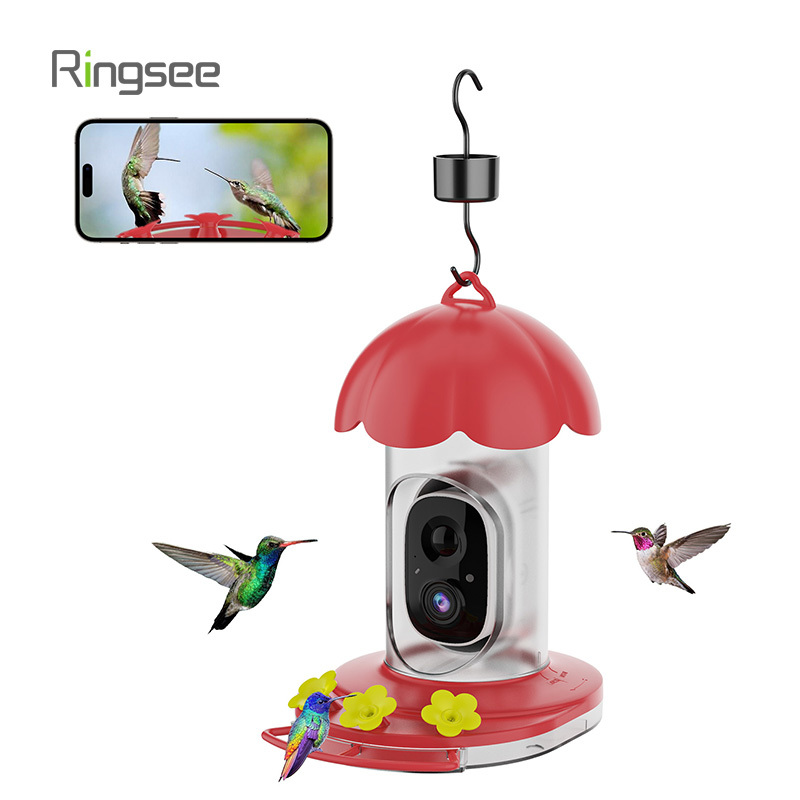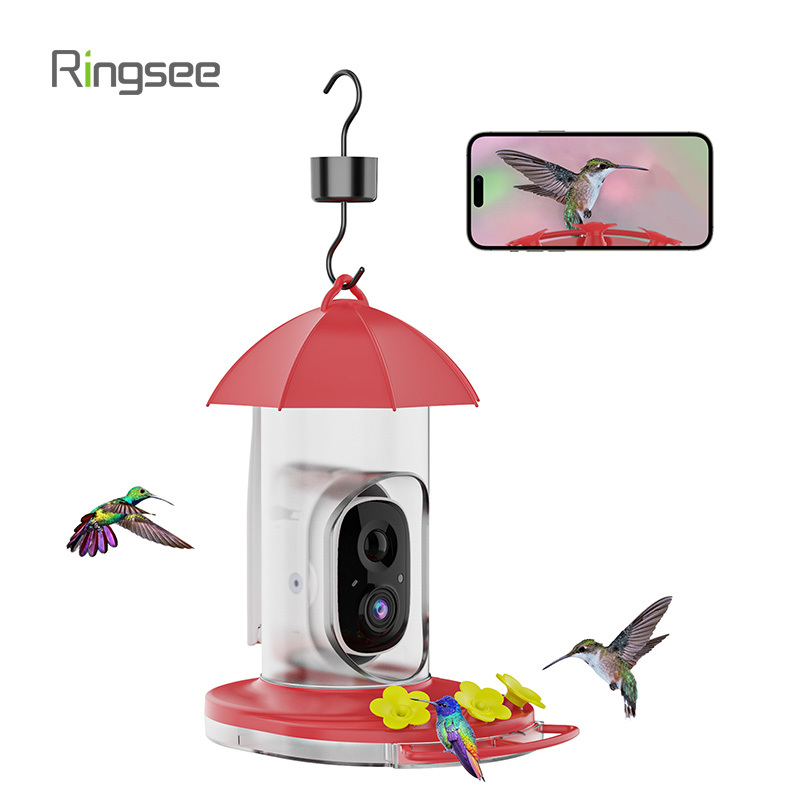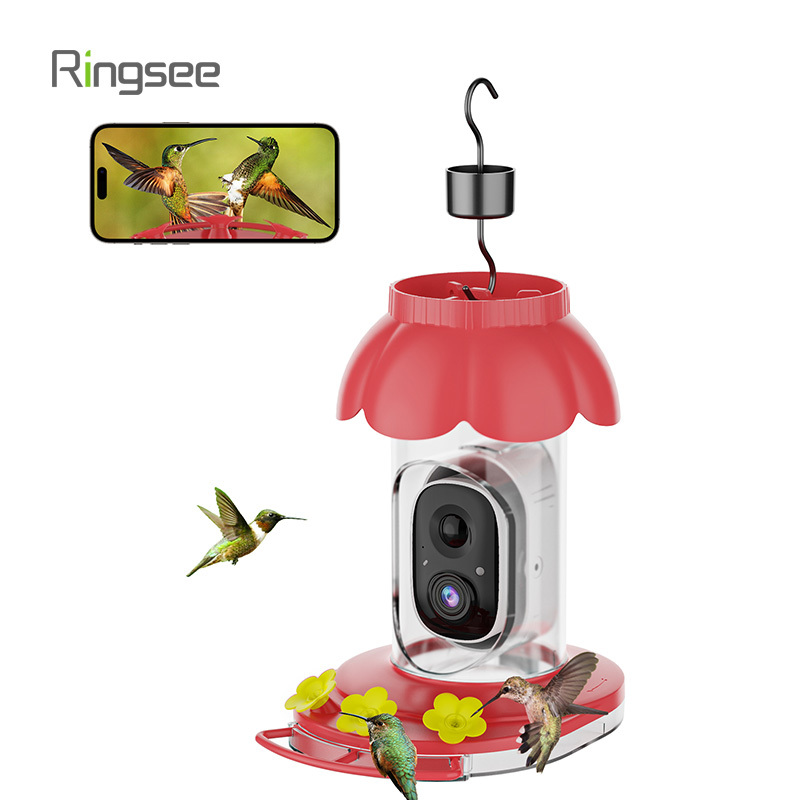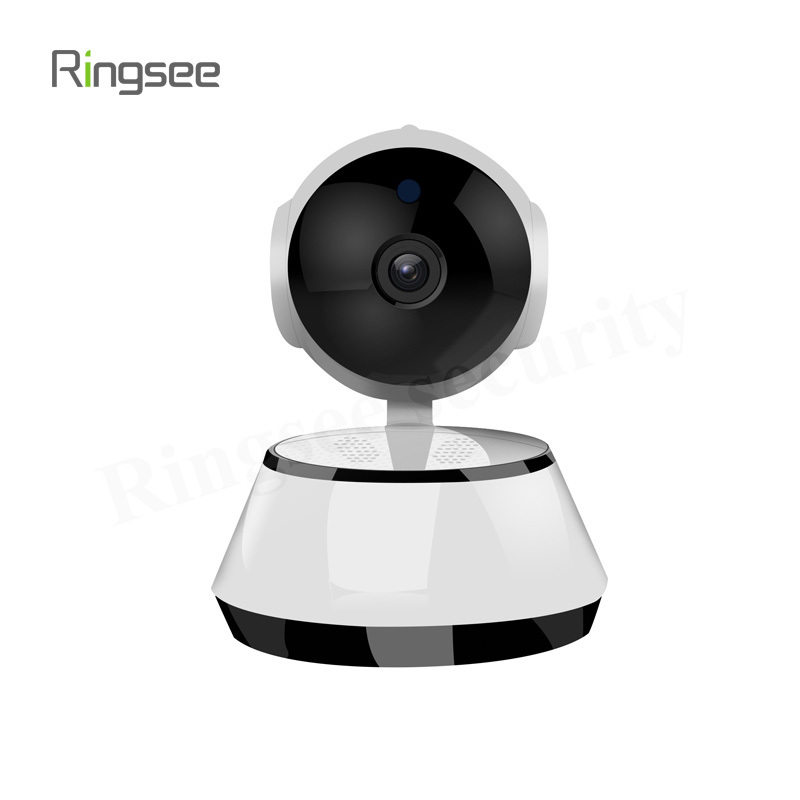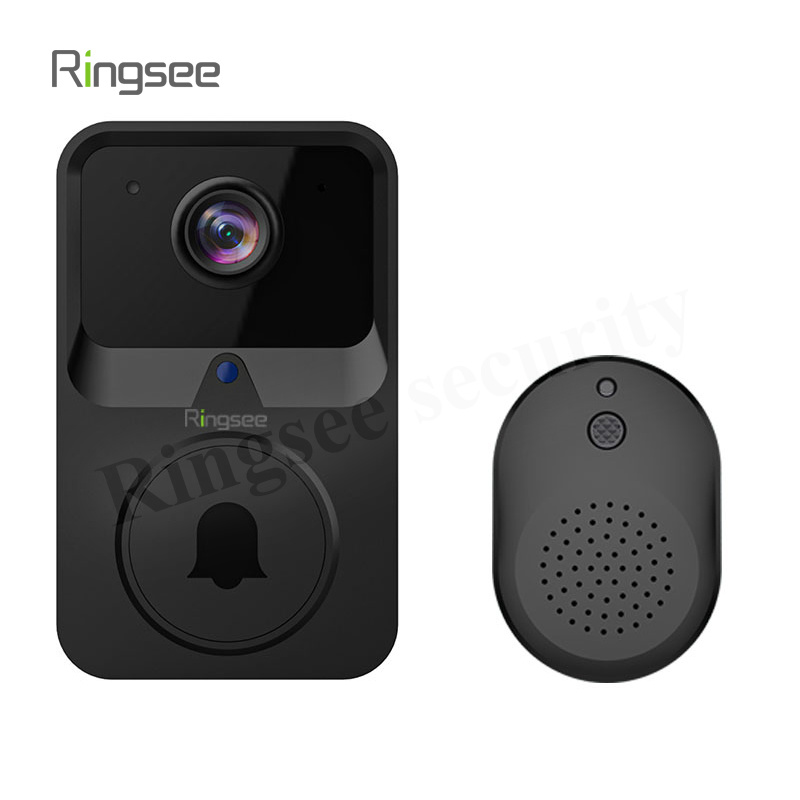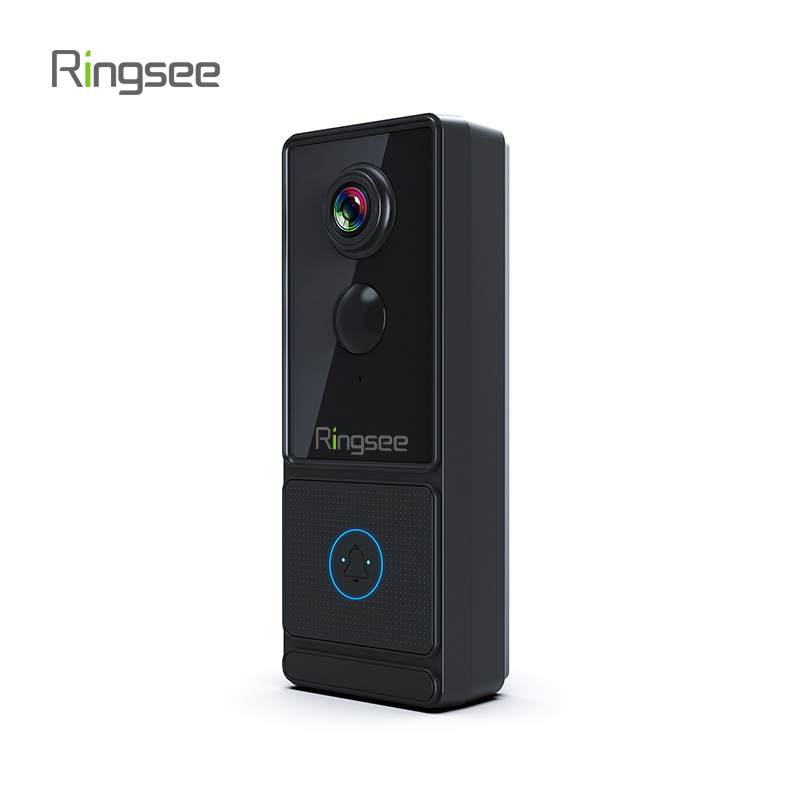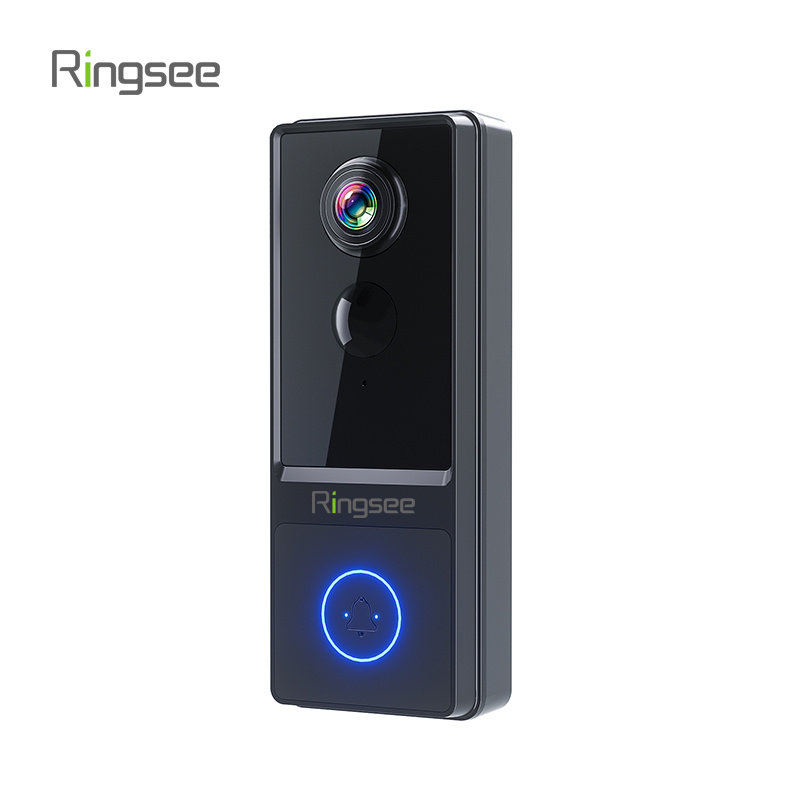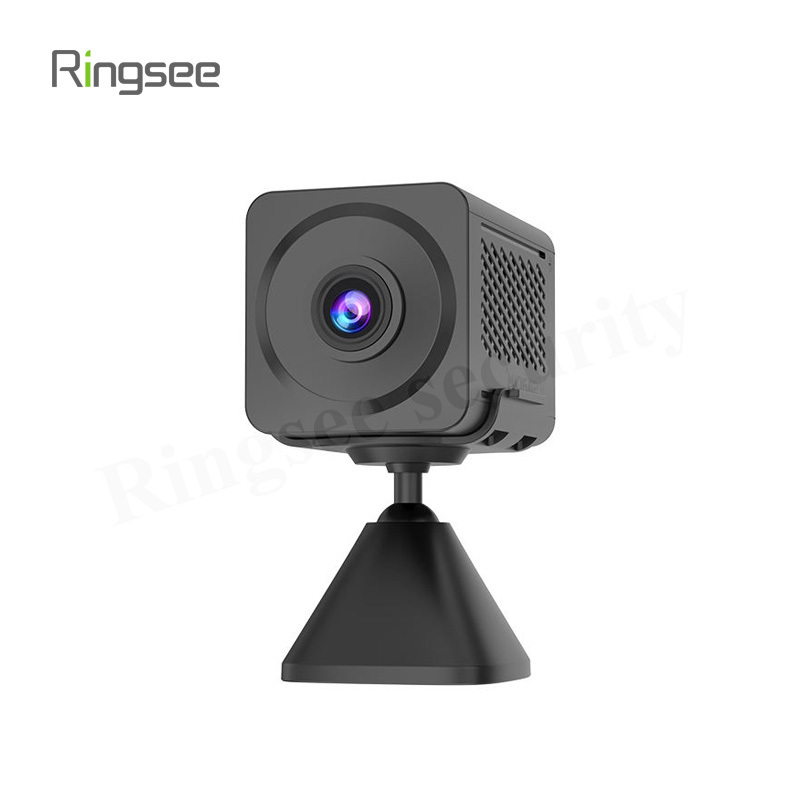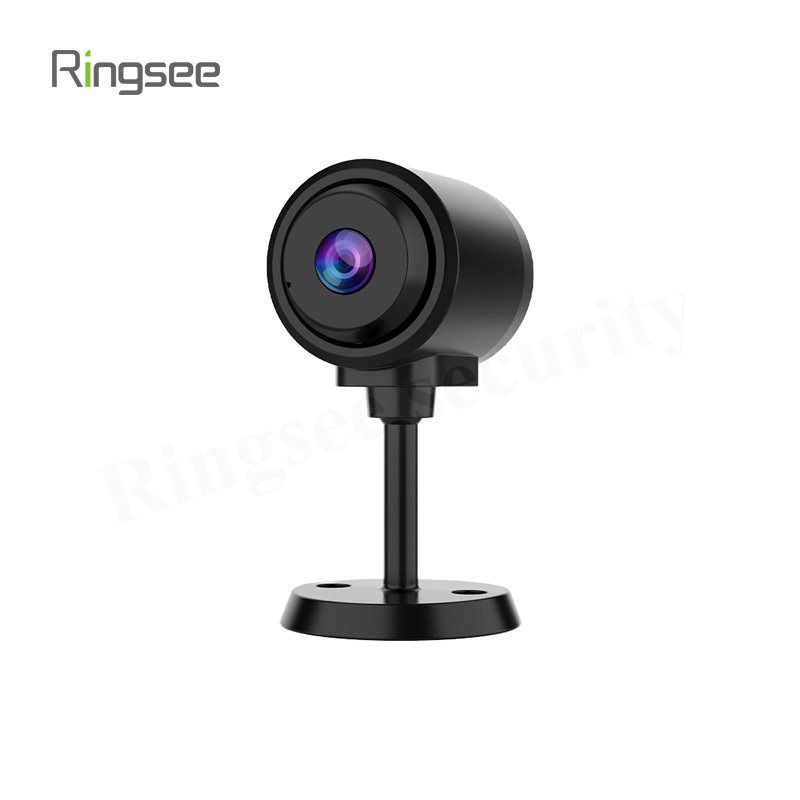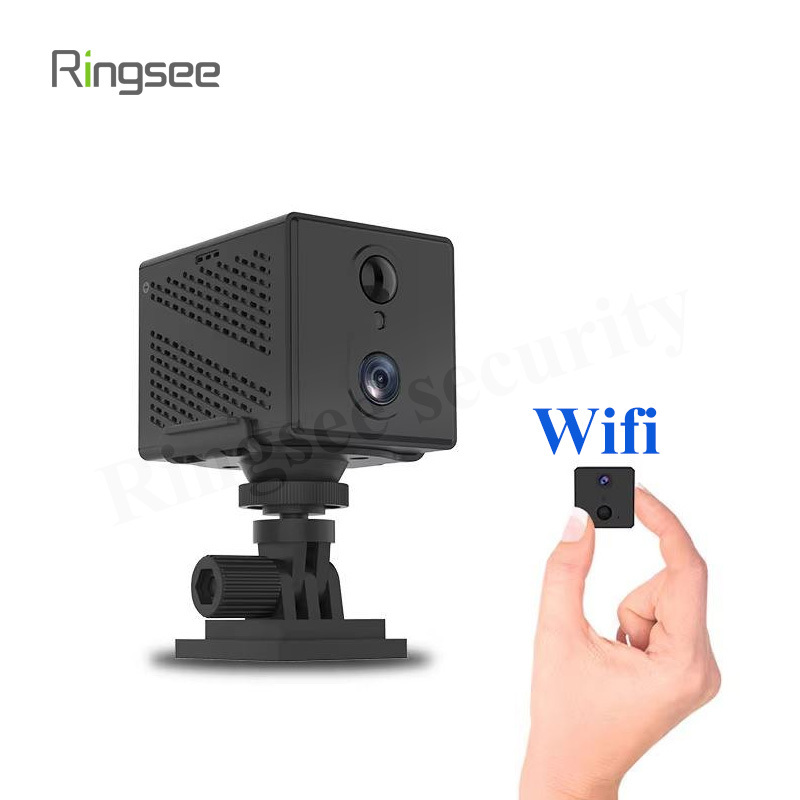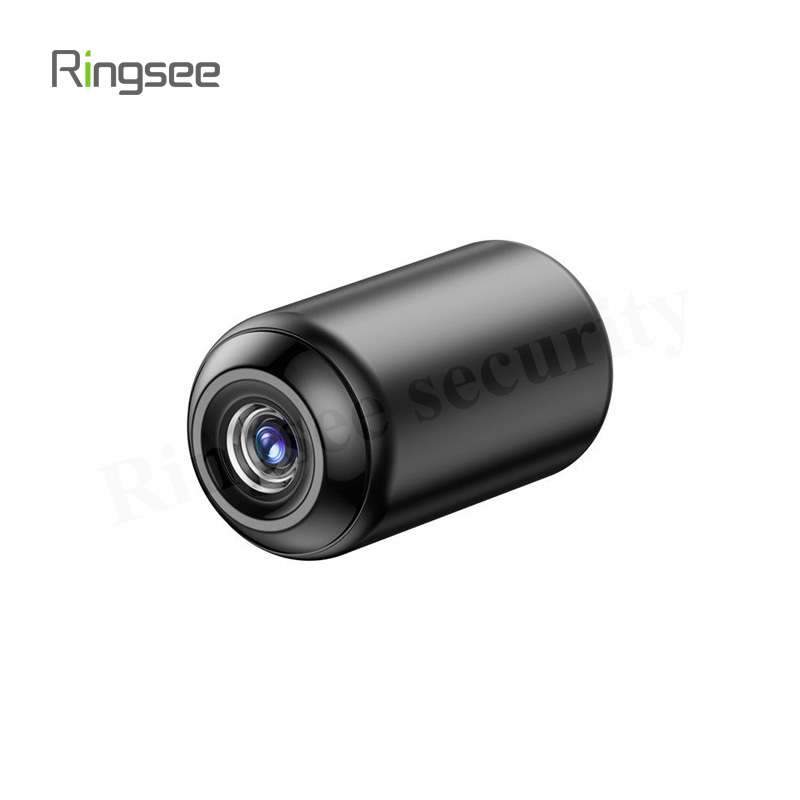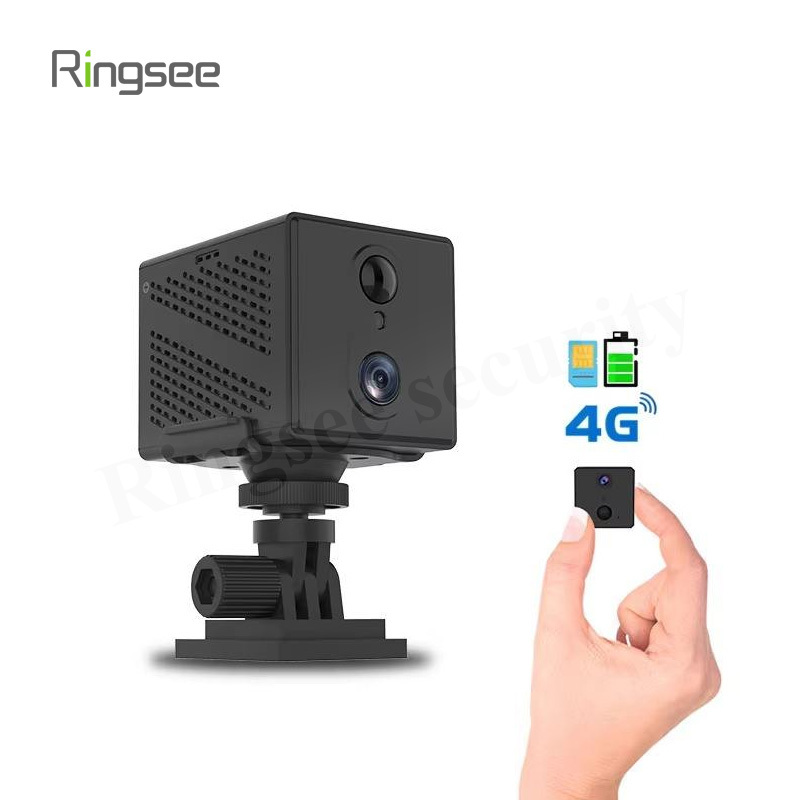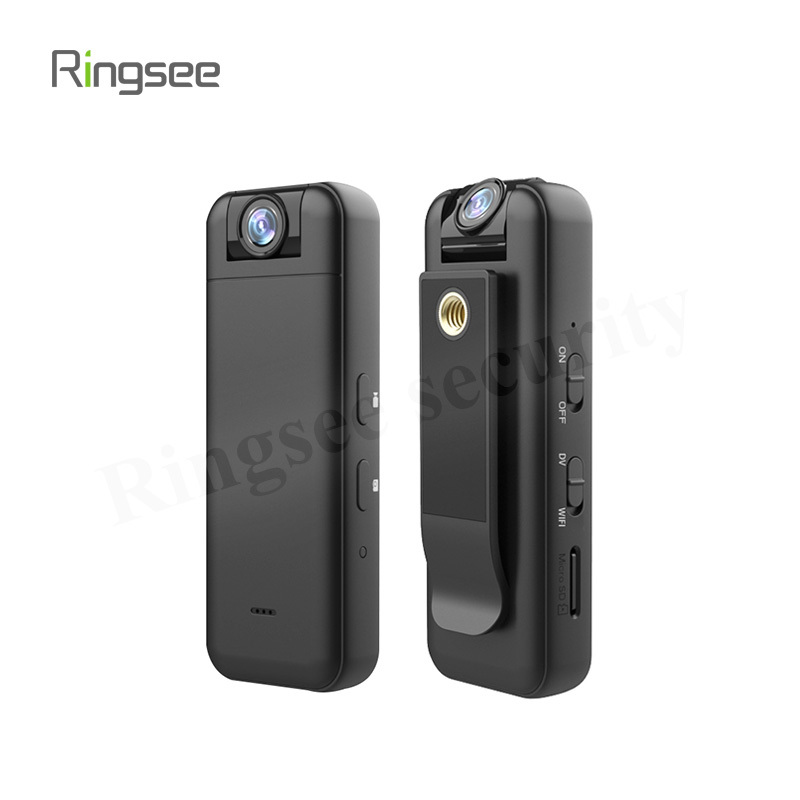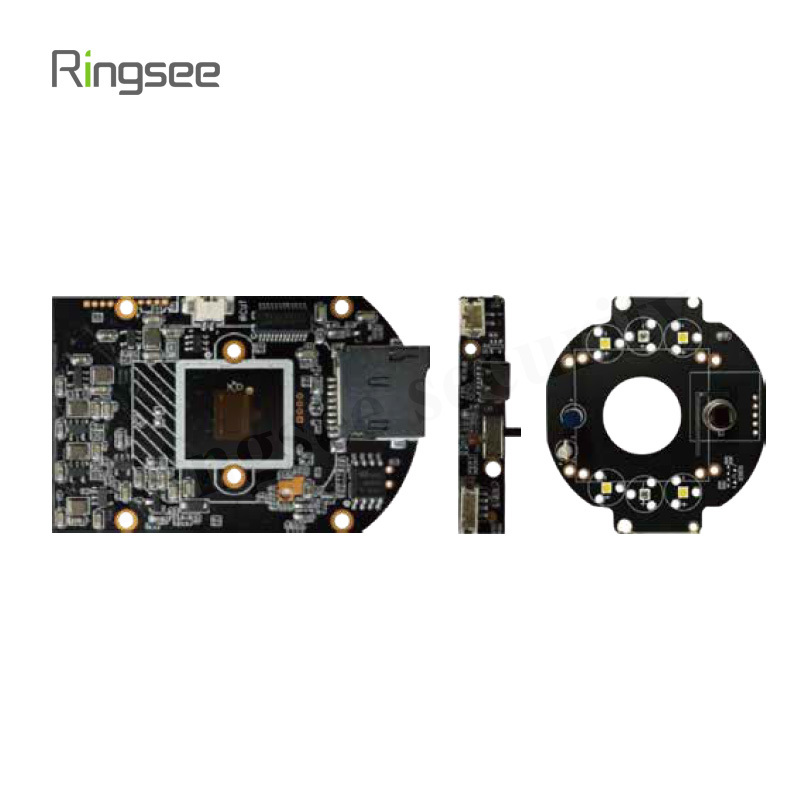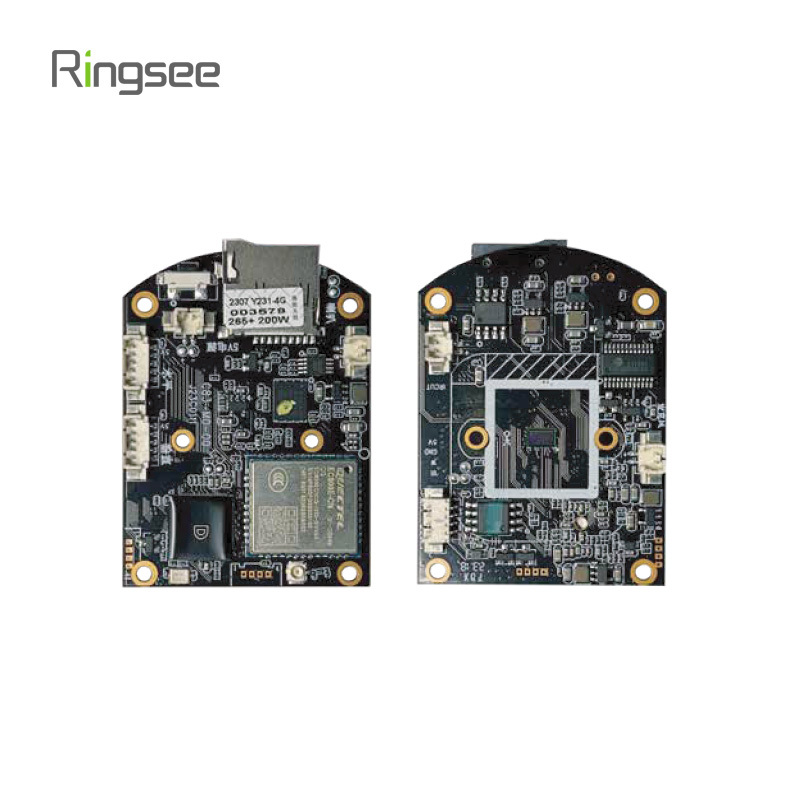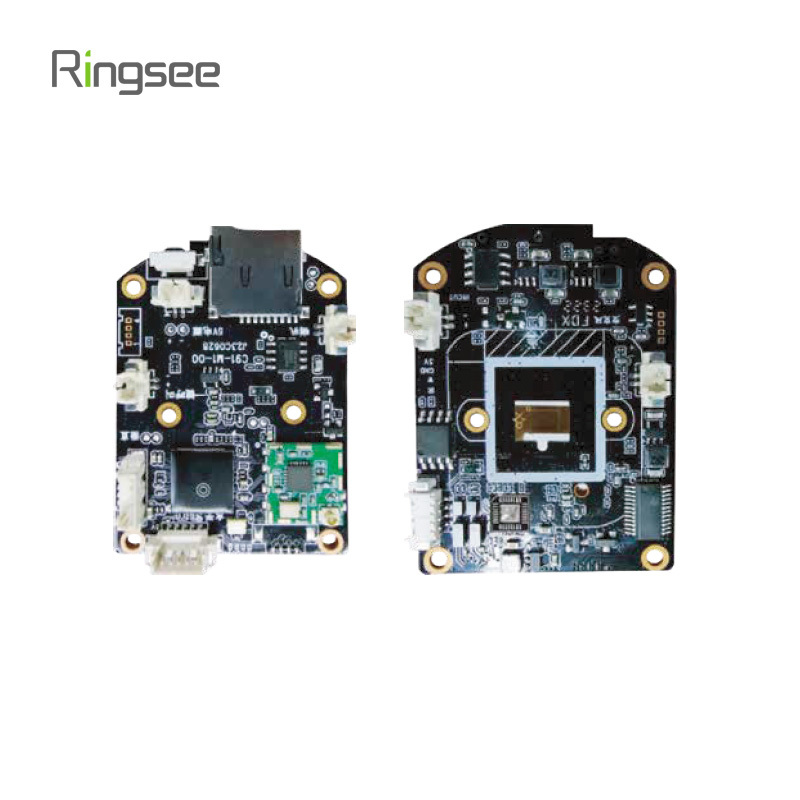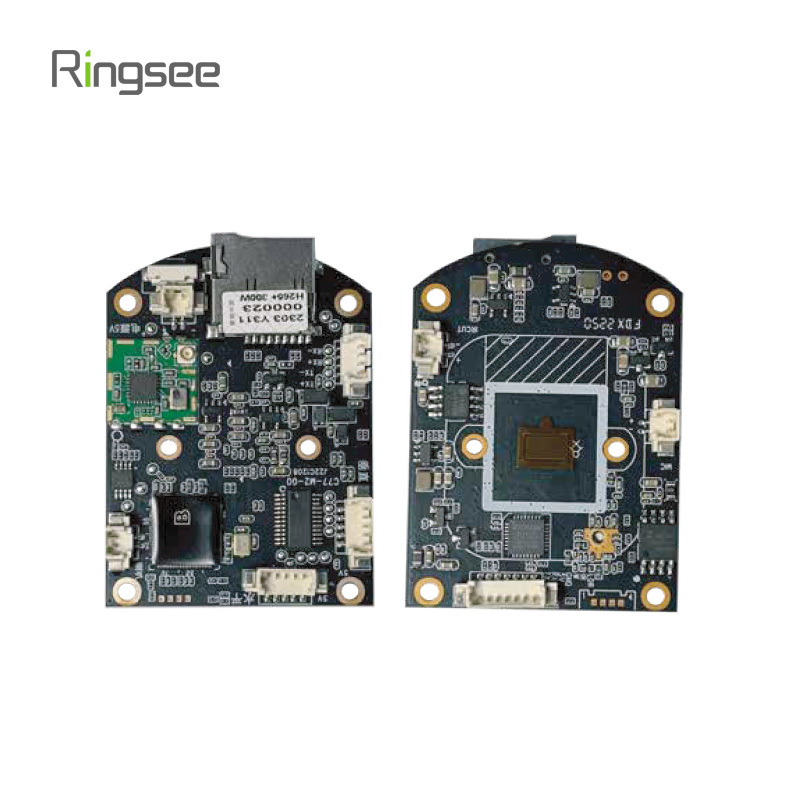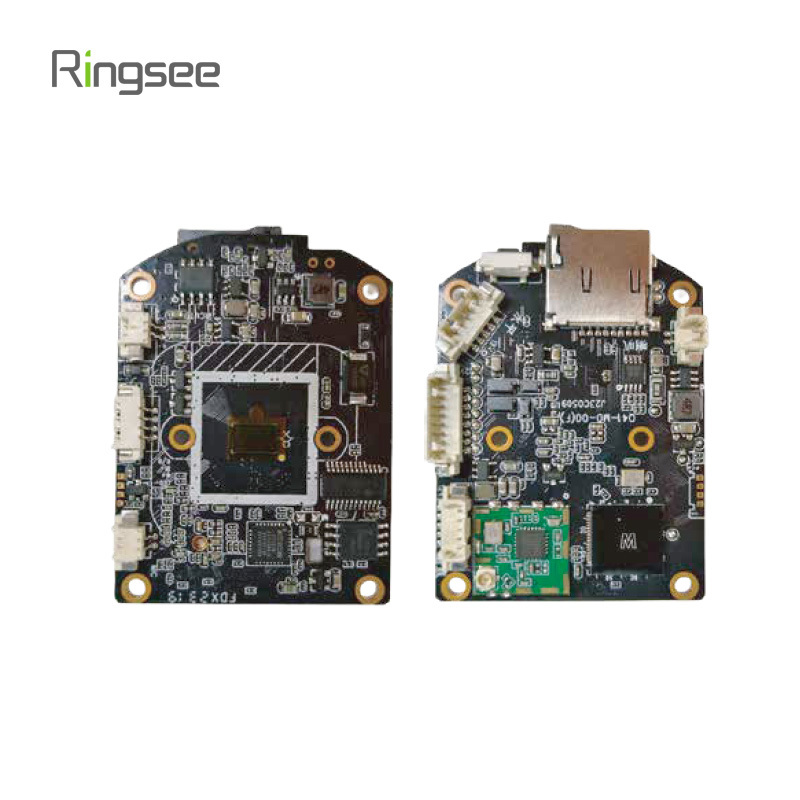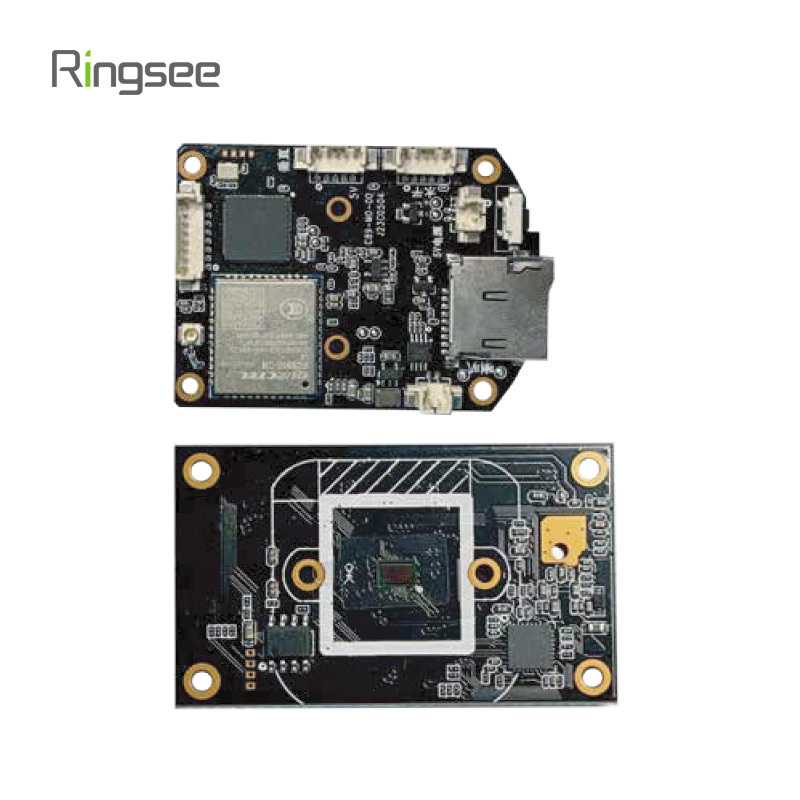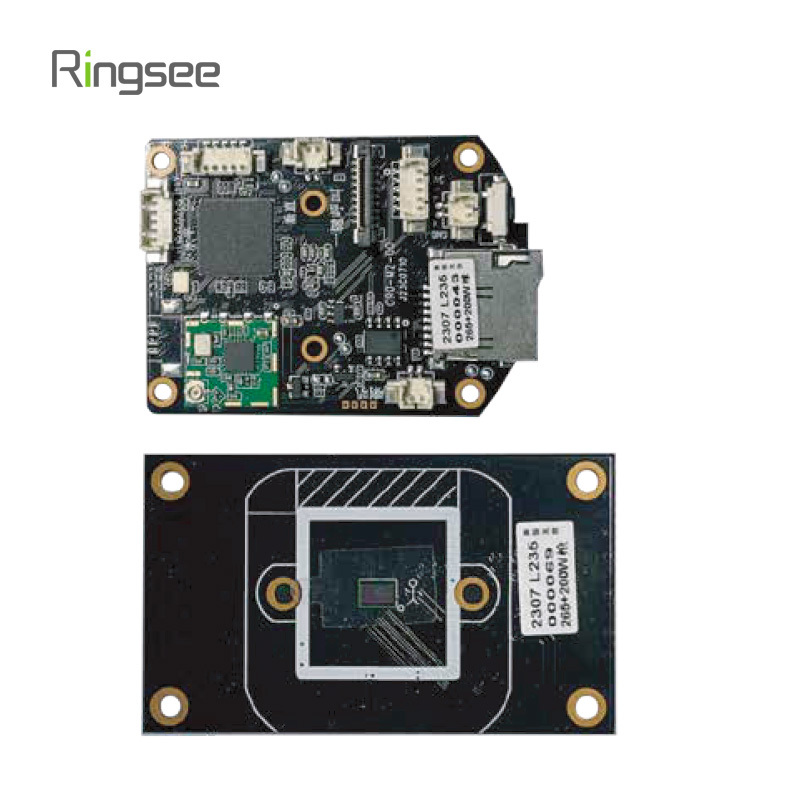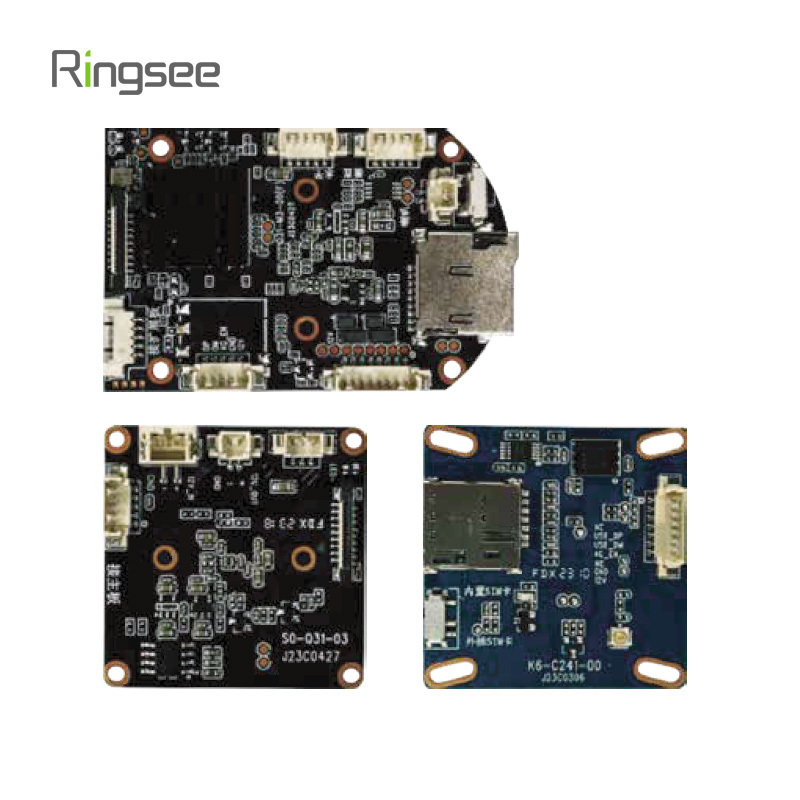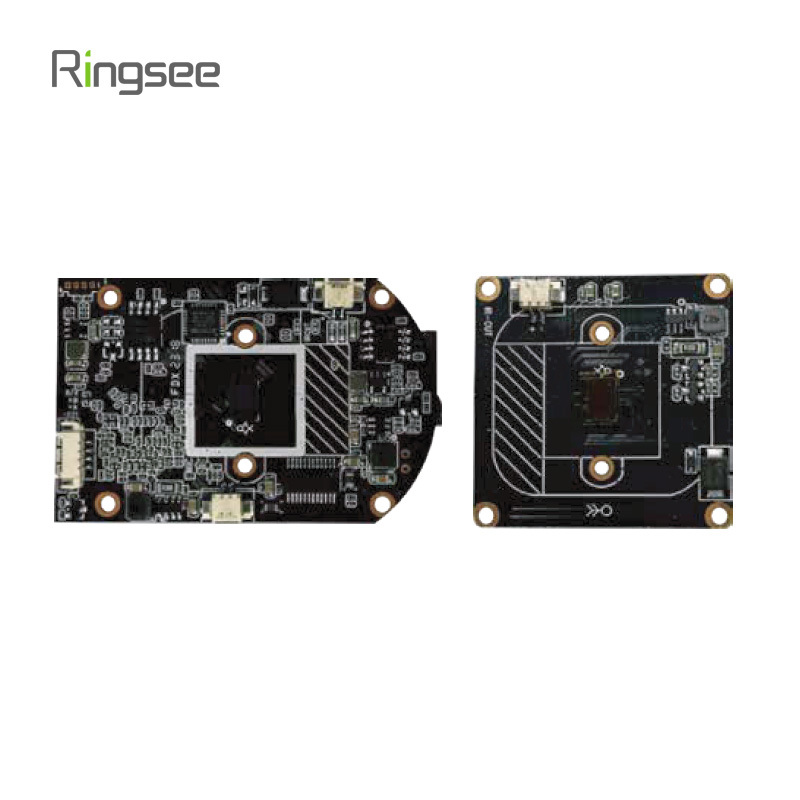
What Are Outdoor Security Cameras That Don’t Require a Subscription?
Many modern outdoor security cameras offer local recording and optional cloud services. This guide explains how “no-subscription” cameras actually store and protect video, what standards and protocols matter for interoperability, environmental specs to check, and the firmware/security practices you should demand from suppliers.
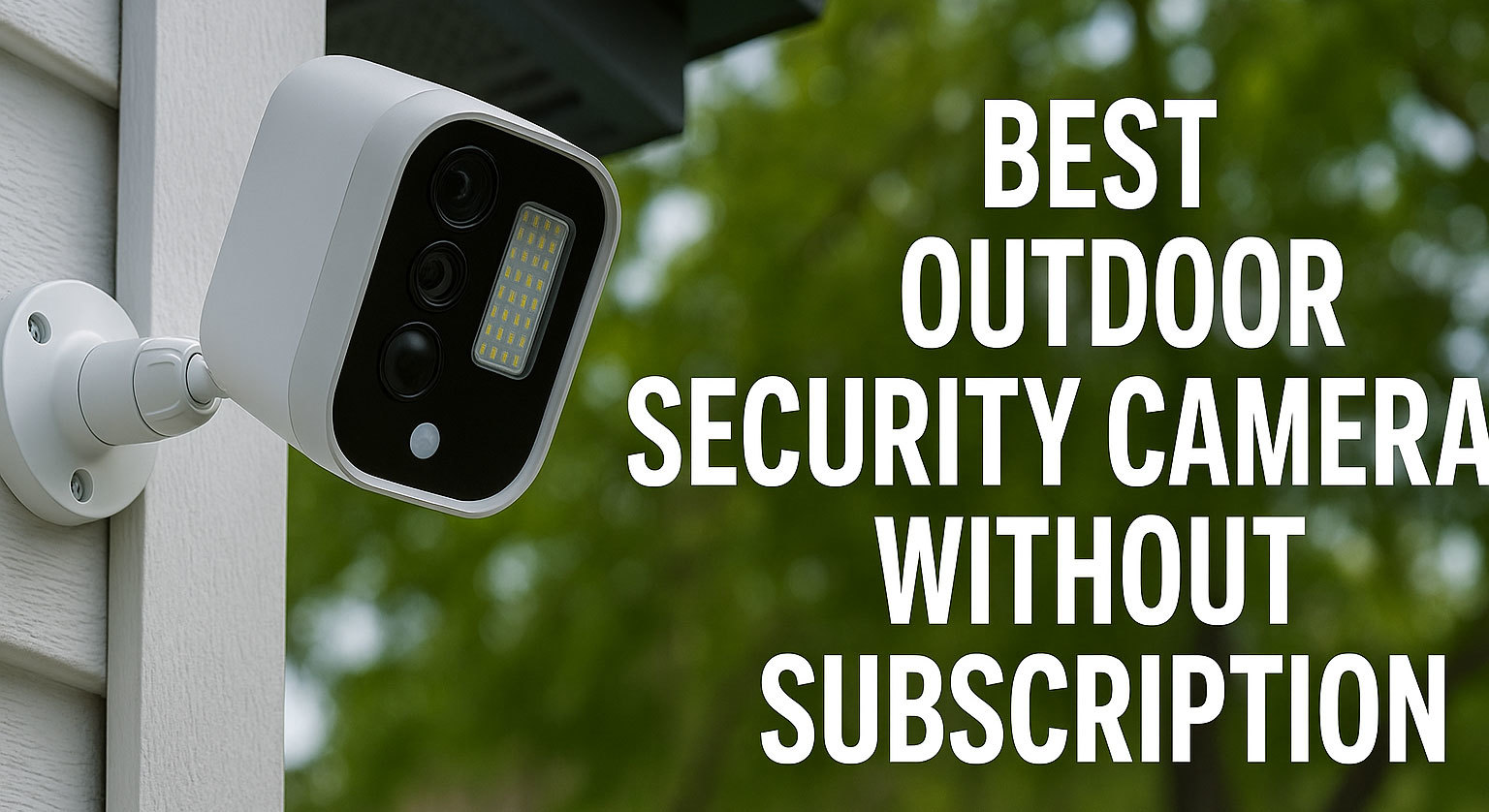
Storage and file system (how video is saved locally)
Common local-storage options
MicroSD card (SD/SDHC/SDXC) — the most common local option for home and small-business cameras. Cards are typically 32 GB → 512 GB (some cameras accept 1 TB SDXC)
Onboard flash / eMMC — used in devices without removable media.
Local NVR / NAS — cameras stream to network recorders that store on HDD/SSD.
Filesystems and practical limits
Many camera firmwares expect FAT32 or exFAT for removable media because of broad compatibility; FAT32 limits single file size to ~4 GB while exFAT supports much larger files and volumes — important when storing long continuous segments or high bitrate footage. Use exFAT when the camera supports it to avoid 4 GB file splits.
Cameras rarely run journaled filesystems (ext4/NTFS) on removable SD cards because embedded camera stacks aim for simplicity, deterministic write behavior and broad cross-OS compatibility. This design reduces firmware complexity but influences reliability and recovery after power loss.
Overwrite behavior, retention and write-endurance
Local recording typically uses circular (overwrite) recording: oldest files are deleted when storage is full. Check whether the device allows file-locking (event clips can be protected from overwrite).
SD card durability: continuous writing (24/7) quickly consumes cheaper cards’ write cycles. Recommend industrial or high-endurance SD cards for continuous recording use cases; consumer cards are OK for event-based recording.
Practical recommendation: specify expected retention (e.g., 7–30 days of event/continuous recording) and calculate needed capacity using resolution, codec and average bitrate.
Encryption, access control and network security
Authentication and transport security
Ensure the camera supports HTTPS/TLS for the web UI and API, and that any streaming control (ONVIF, RTSP) can be secured (see below). Use strong, unique admin passwords and change default credentials on first use.
Prefer devices that support RTSP over TLS (RTSPS) or SRTP for media transport, and that support secure ONVIF profiles. Without encrypted transport, credentials and stream data can be captured on the network.
Access control & roles
Look for cameras that provide multiple user roles (admin vs viewer) and granular permissions (live view only, no configuration). Audit/logging of access is a plus for compliance.
Disable unused services (Telnet, FTP) and force strong password policies. If remote access is required, prefer a VPN or manufacturer cloud that uses strong identity and token-based access rather than port-forwarding.
ONVIF and RTSP compatibility
What ONVIF and RTSP do
RTSP is a streaming protocol used to fetch live video/audio (stream URL).
ONVIF is an interoperability standard covering discovery, configuration, PTZ control, event and media descriptions. ONVIF and RTSP often coexist: ONVIF for device control/metadata, RTSP for raw stream transport.
What to check
ONVIF Profile: Prefer devices supporting ONVIF Profile T (media streaming + security) or at least Profile S/T compatibility, which improves NVR compatibility and security.
RTSP URL: Ask vendor for the RTSP(s) and whether authentication is basic or digest, and whether RTSP can be encrypted (RTSPS/SRTP).
Limitations: Not all camera features map via ONVIF (some vendor-specific analytics or two-way audio may be proprietary). Confirm important features you need are accessible through ONVIF/RTSP in your chosen NVR/software.
Local storage limitations & feature trade-offs (practical buyer guidance)
Battery / solar-powered cameras: often avoid continuous 24/7 recording to save power — common for these units: event-only recording, reduced frame rate, or short clip durations. Expect shorter retention or smaller SD capacity.
4G cameras: upstream data limits and cost make continuous cloud uploads impractical; local storage is essential.
High-resolution & high bitrate → more storage & network bandwidth required. Balance resolution, codec (H.264 vs H.265), and motion-recording thresholds to meet retention targets without oversizing storage.
Feature trade-offs: advanced analytics (people/vehicle detection) may be CPU-intensive and impact battery life or require cloud processing — check whether analytics run on-device or in cloud.
Conclusion
“No-subscription” outdoor cameras are a convenient, cost-effective choice — but the devil is in the technical details. For reliable, secure on-device recording, explicitly require filesystem support (prefer exFAT when large files are needed), secure transport and access control (HTTPS/TLS, SRTP/RTSPS, ONVIF Profile T), robust firmware-update and rollback strategies, and clear environmental specs (IP/IK + operating range). Request these specifics in procurement documents and verify them on sample units.
Links:One Belt Power Technology
Add: 14th Floor, Baoshan Building, Longhua District, Shenzhen China.
Privacy Policy | SEO | CitySite | Support: 300.cn Dongguan
COOKIES
Our website uses cookies and similar technologies to personalize the advertising shown to you and to help you get the best experience on our website. For more information, see our Privacy & Cookie Policy
COOKIES
Our website uses cookies and similar technologies to personalize the advertising shown to you and to help you get the best experience on our website. For more information, see our Privacy & Cookie Policy
These cookies are necessary for basic functions such as payment. Standard cookies cannot be turned off and do not store any of your information.
These cookies collect information, such as how many people are using our site or which pages are popular, to help us improve the customer experience. Turning these cookies off will mean we can't collect information to improve your experience.
These cookies enable the website to provide enhanced functionality and personalization. They may be set by us or by third-party providers whose services we have added to our pages. If you do not allow these cookies, some or all of these services may not function properly.
These cookies help us understand what you are interested in so that we can show you relevant advertising on other websites. Turning these cookies off will mean we are unable to show you any personalized advertising.

